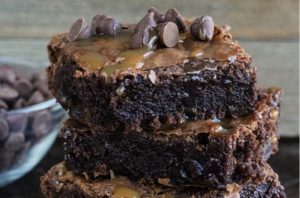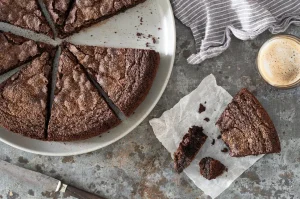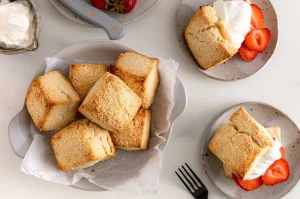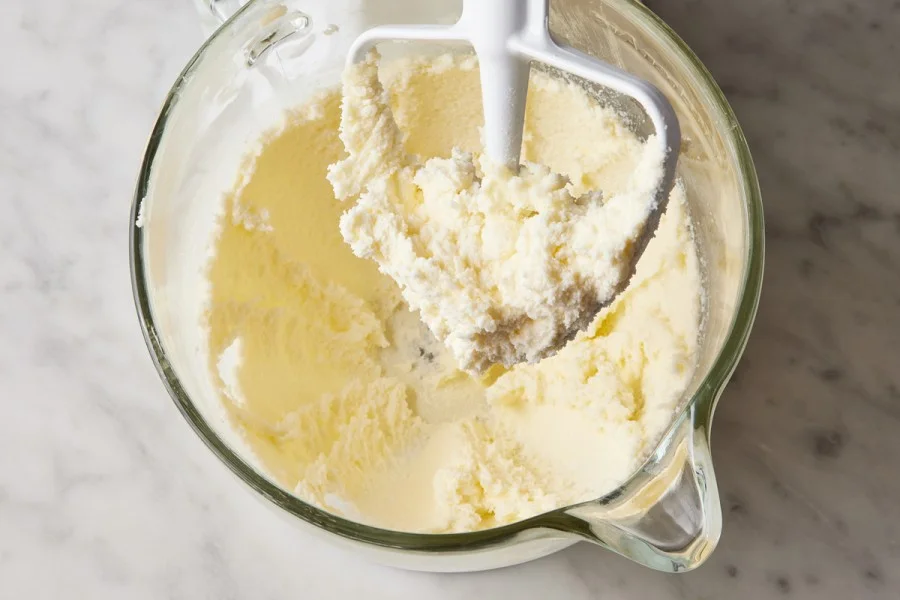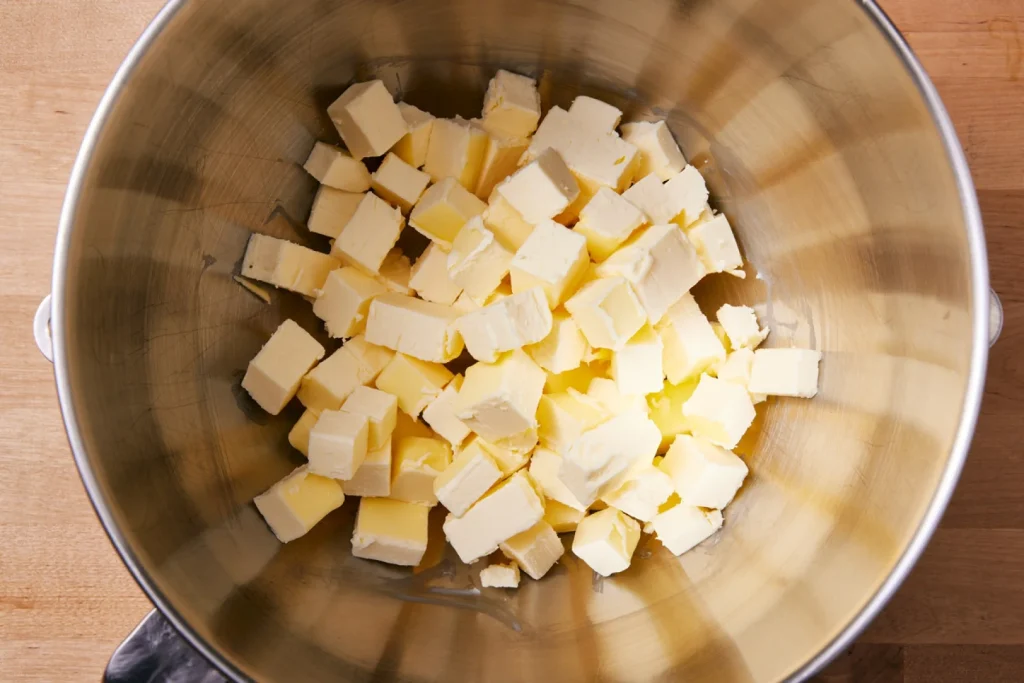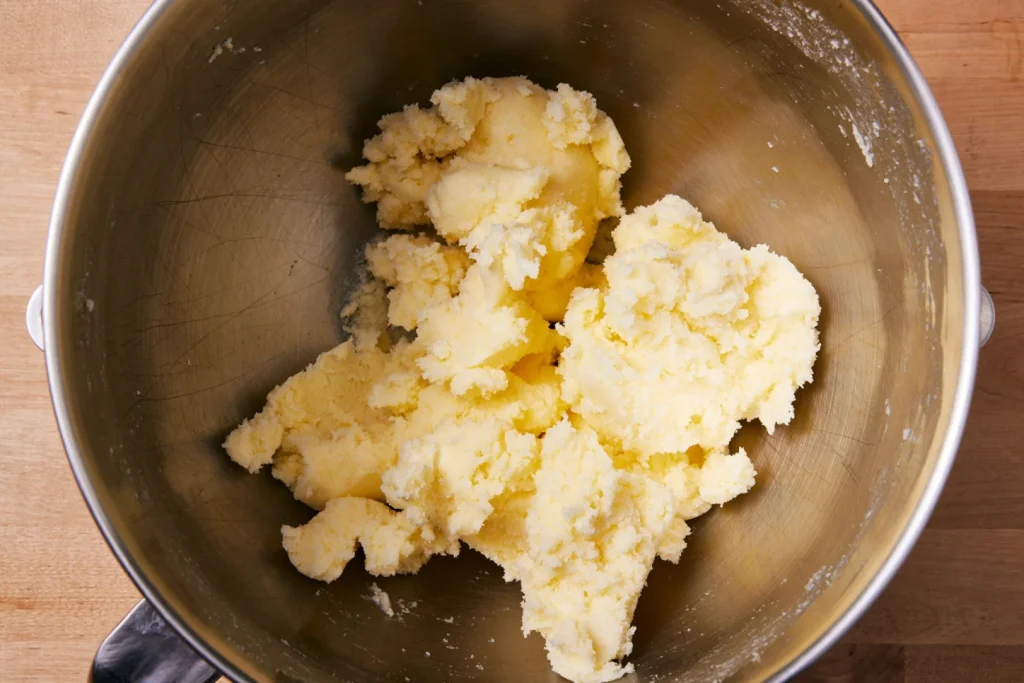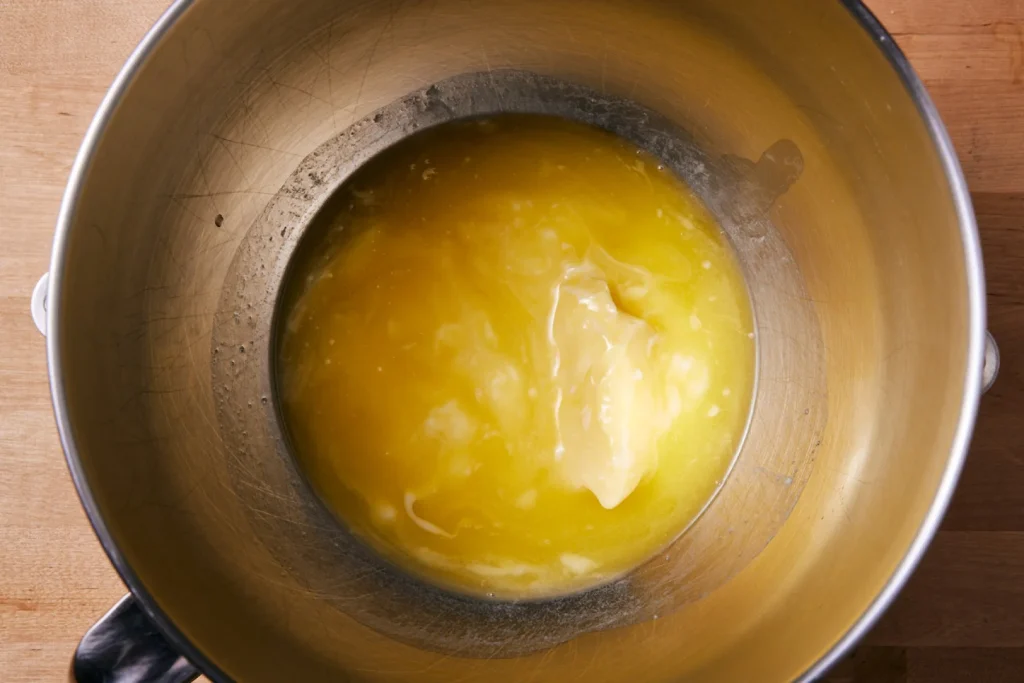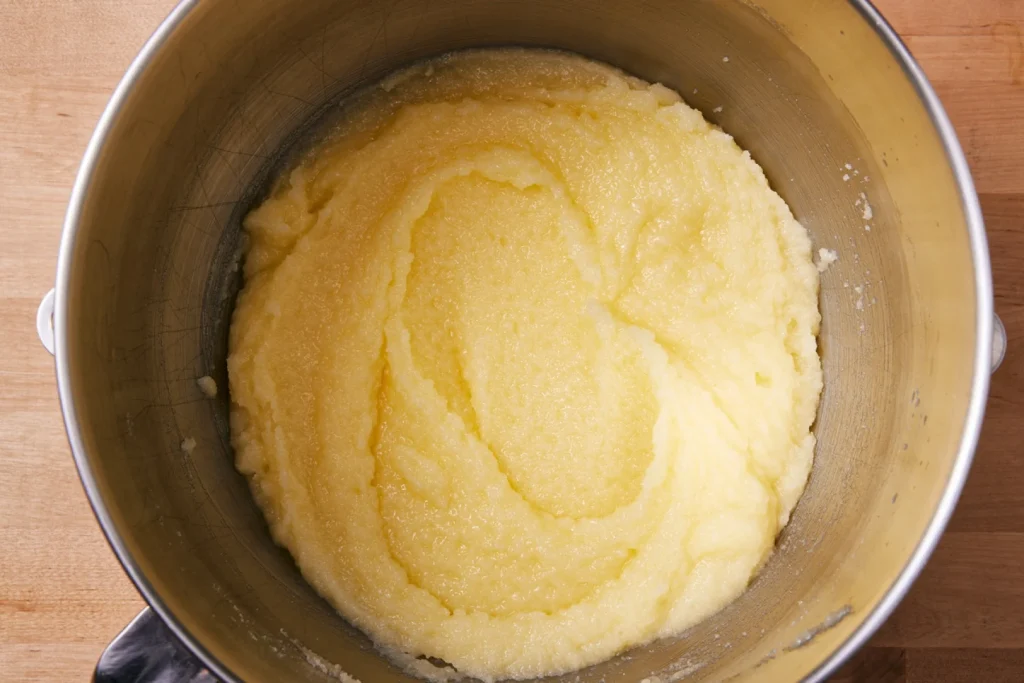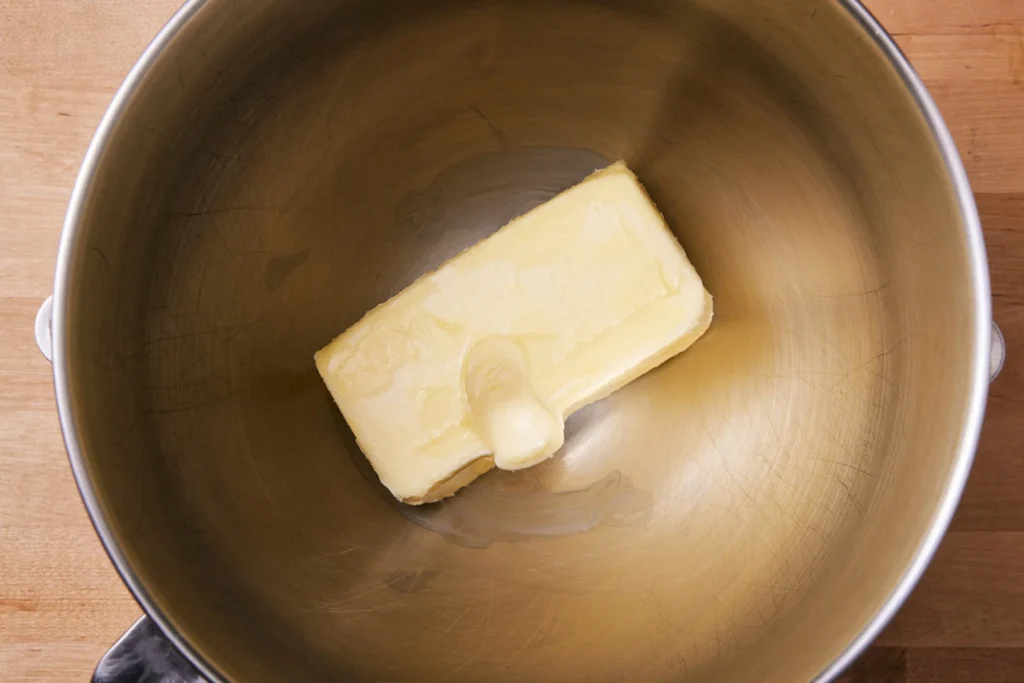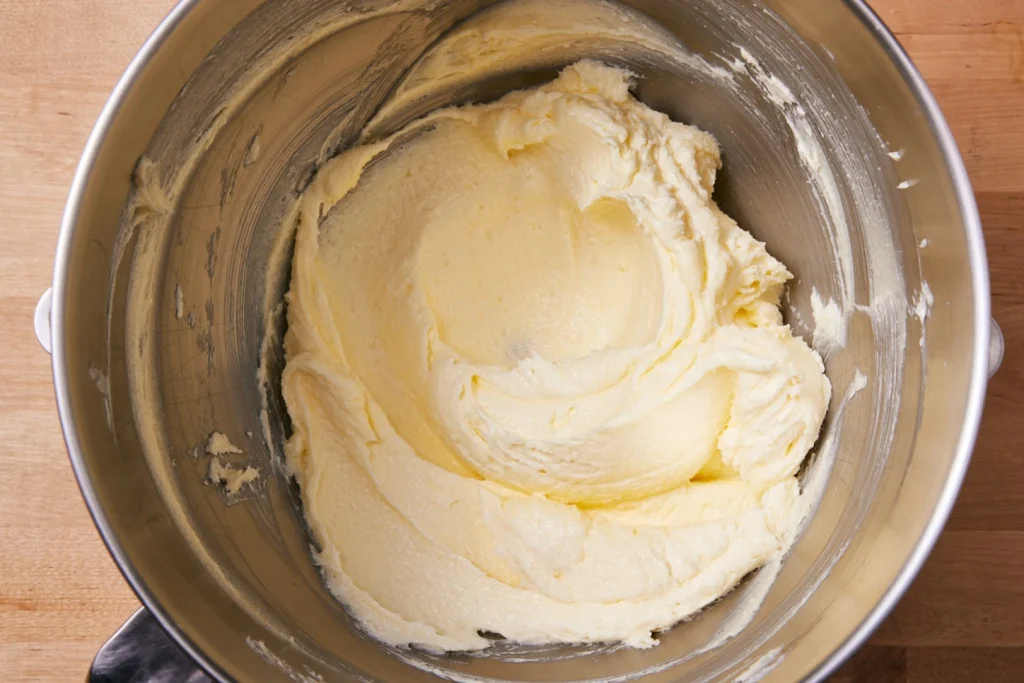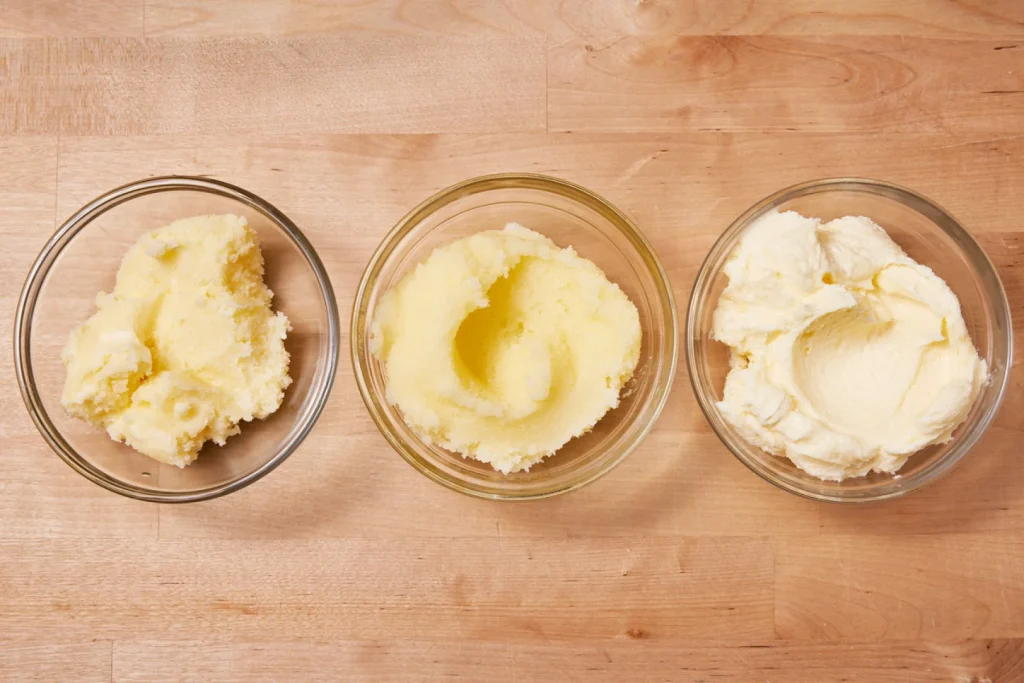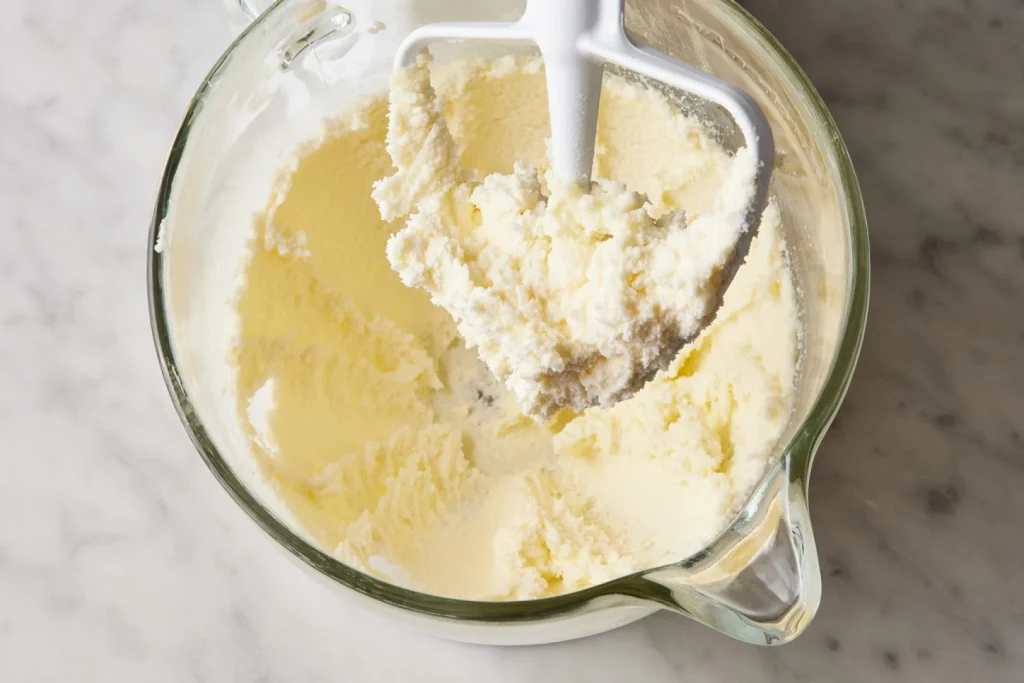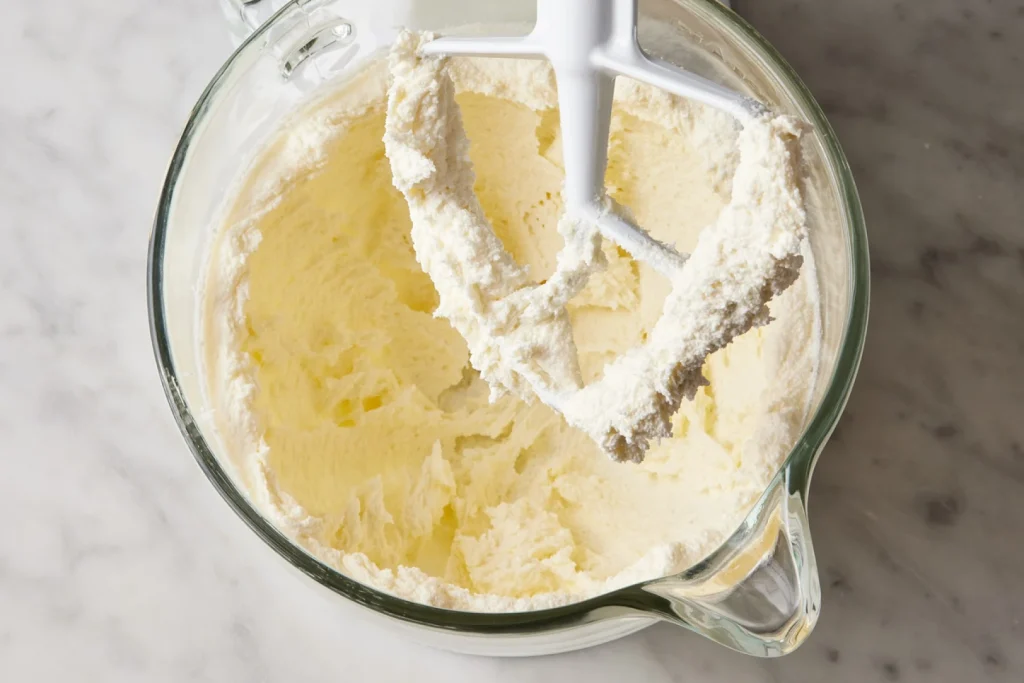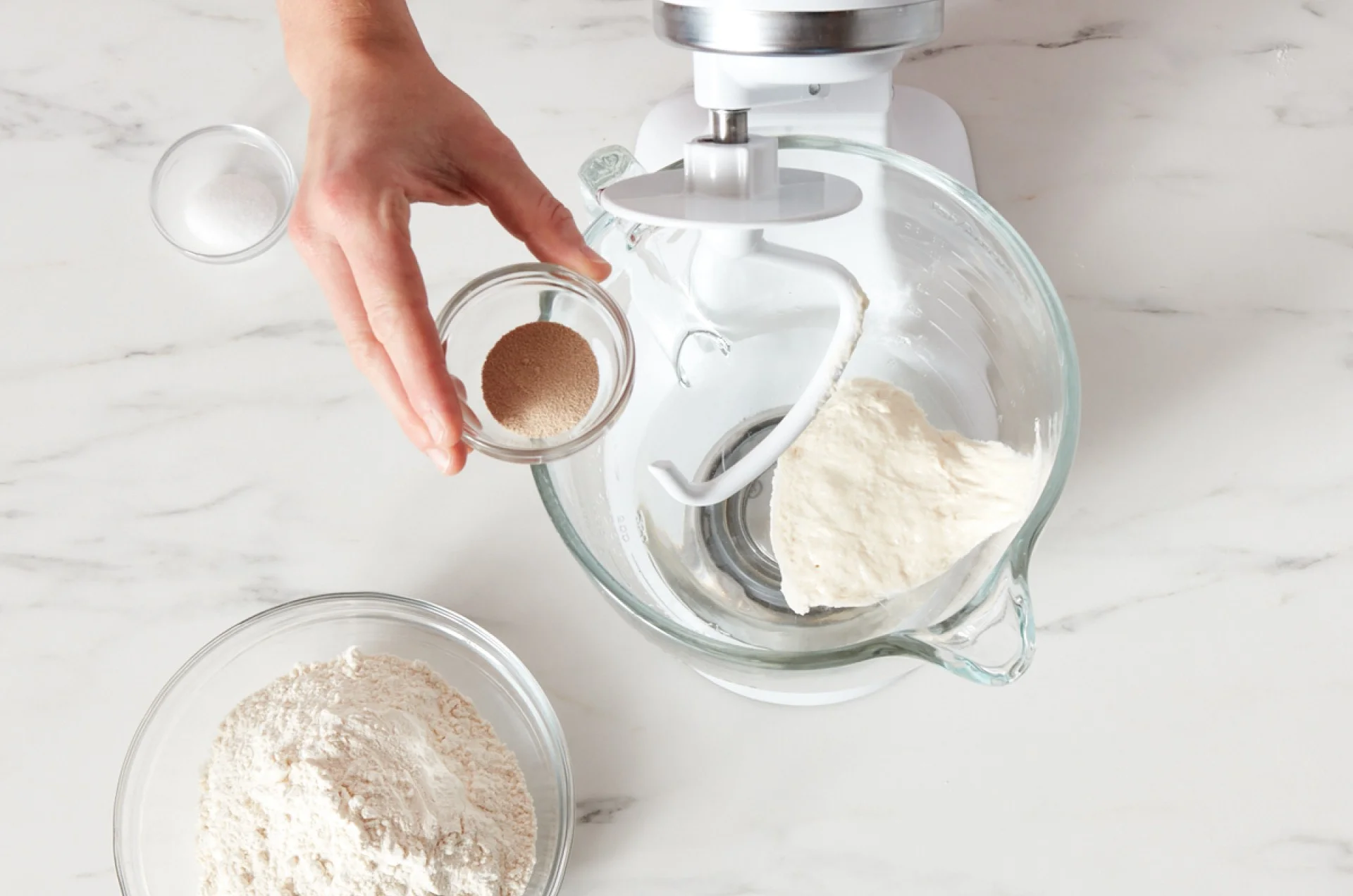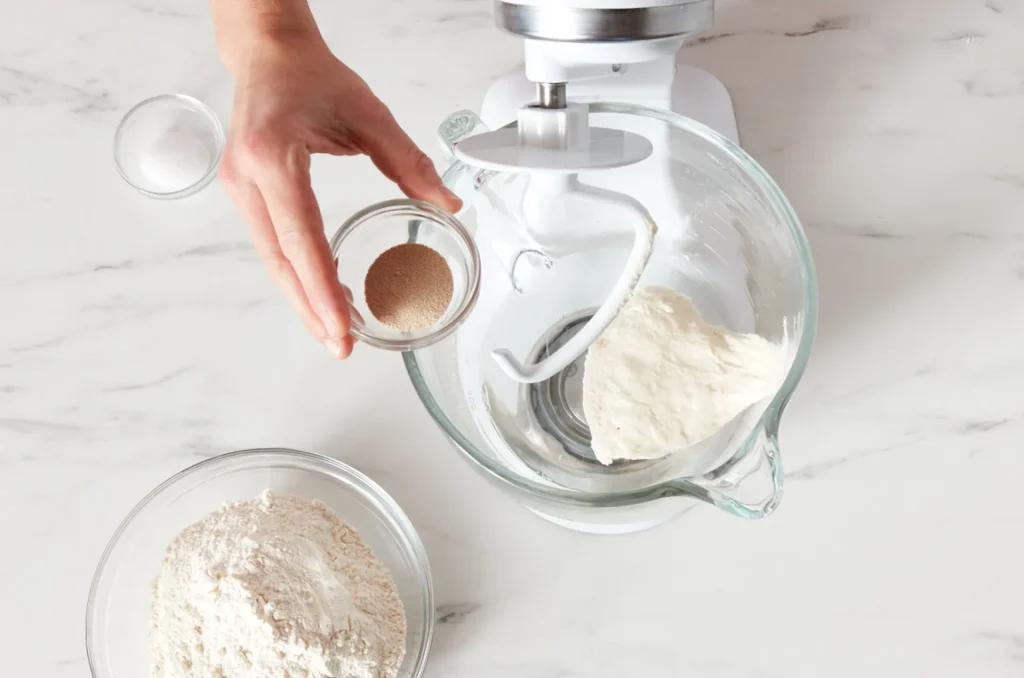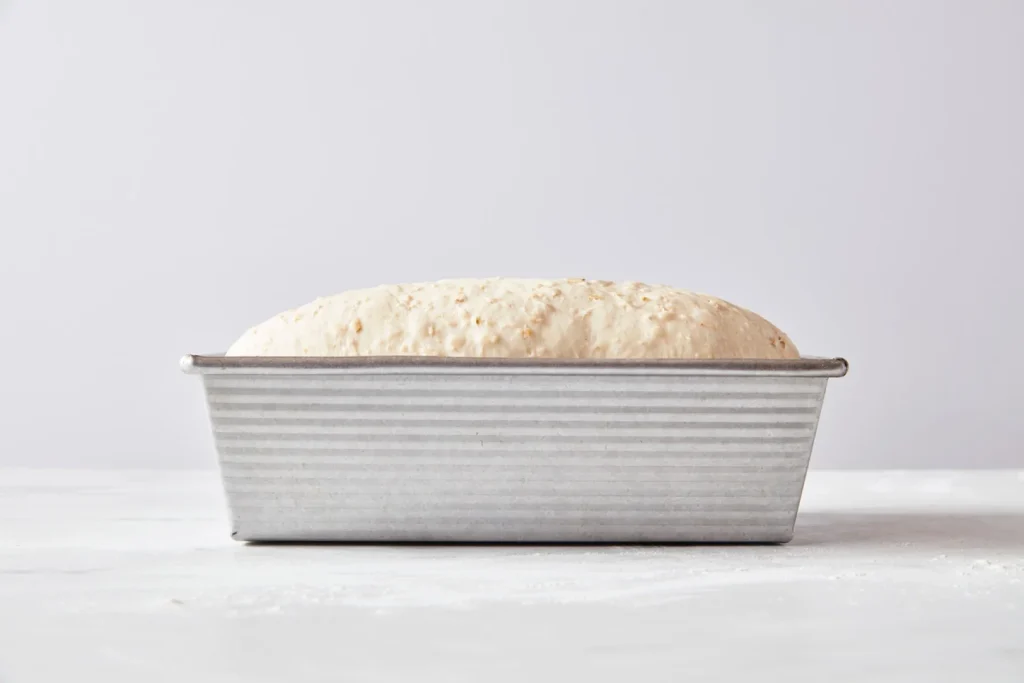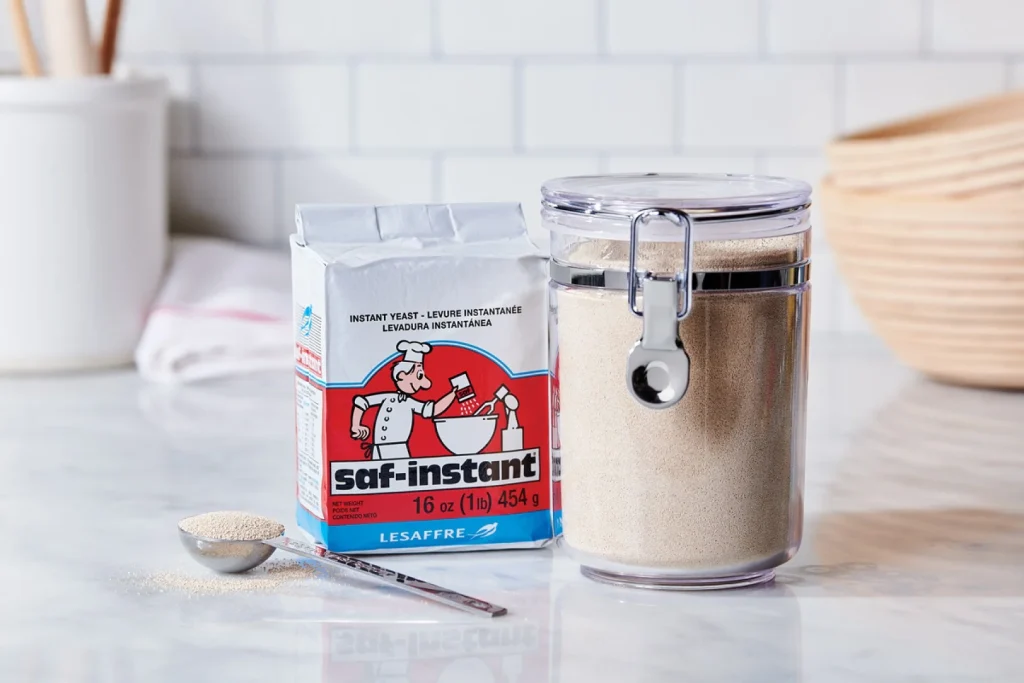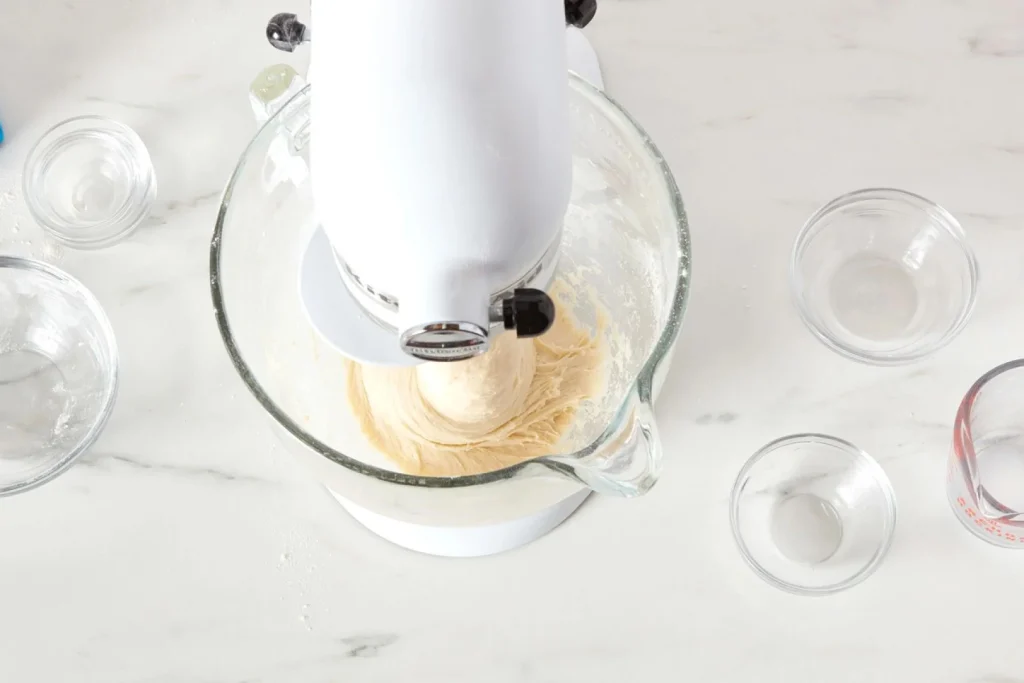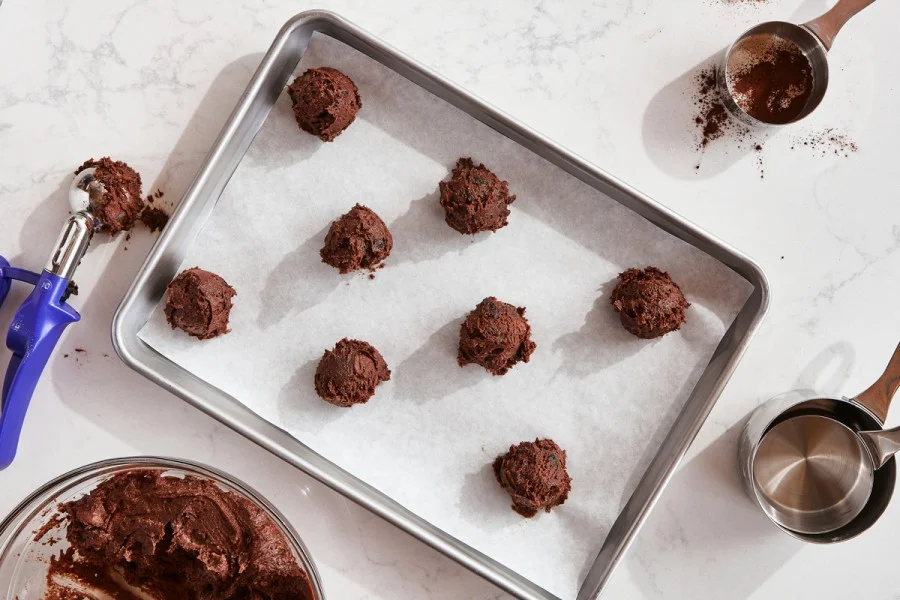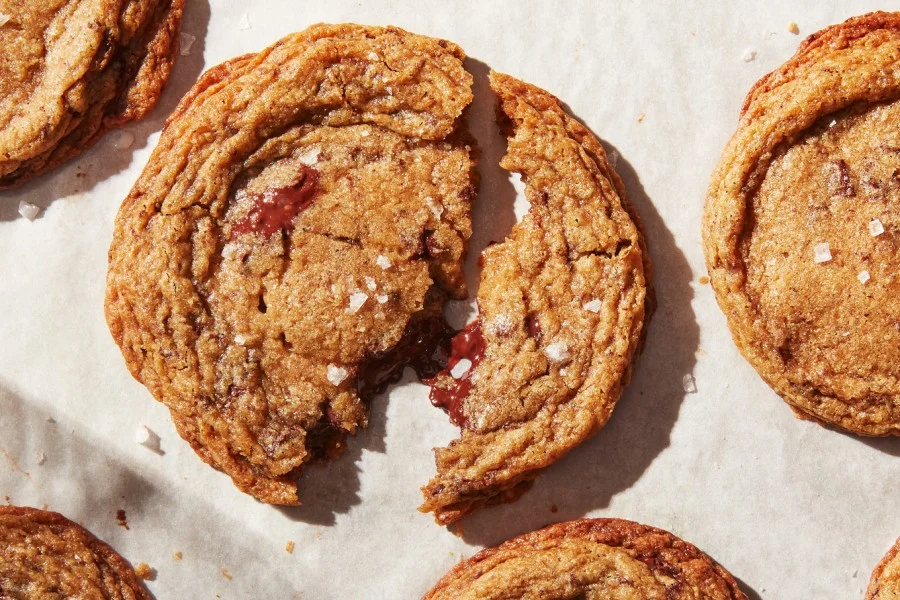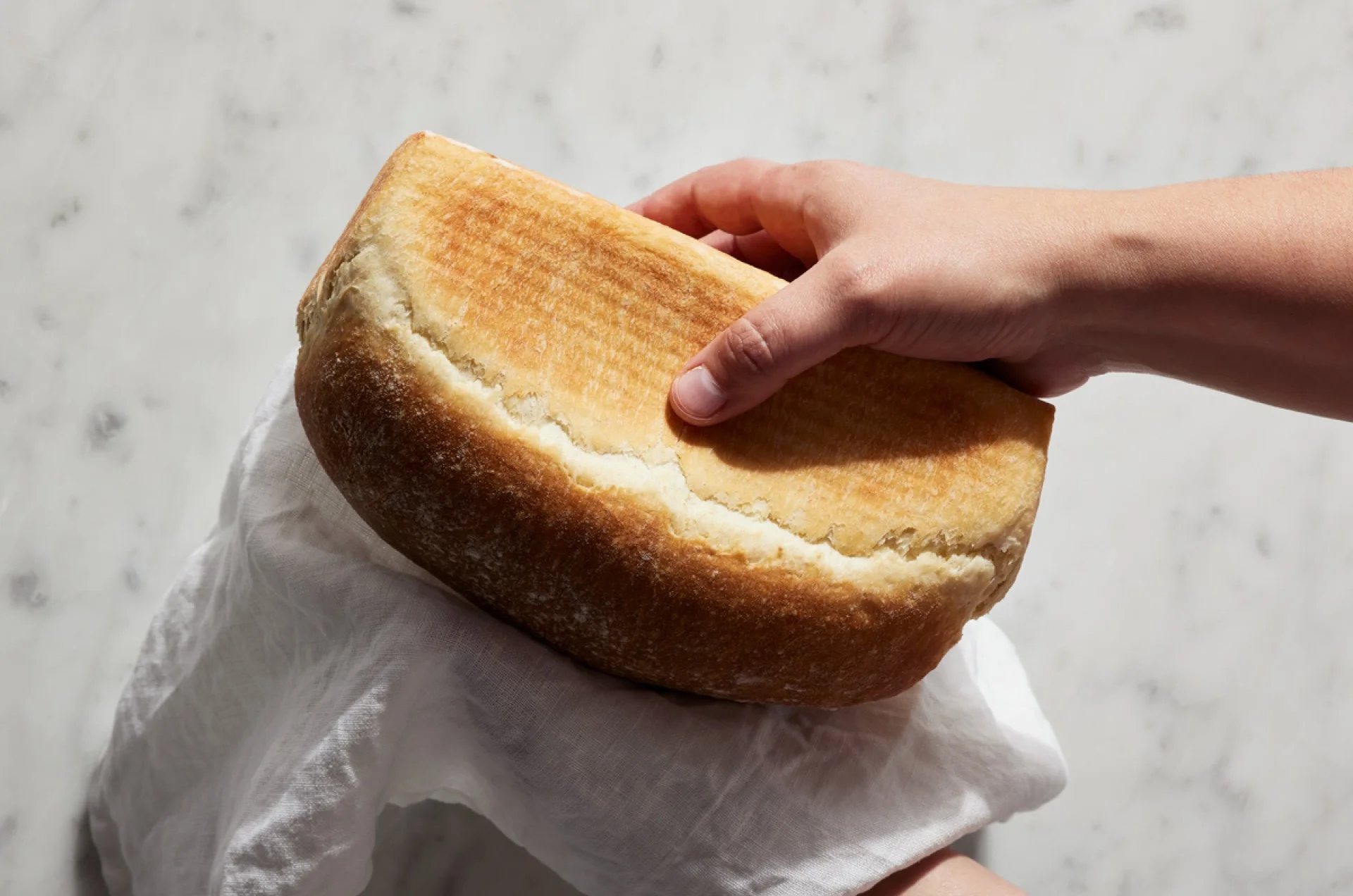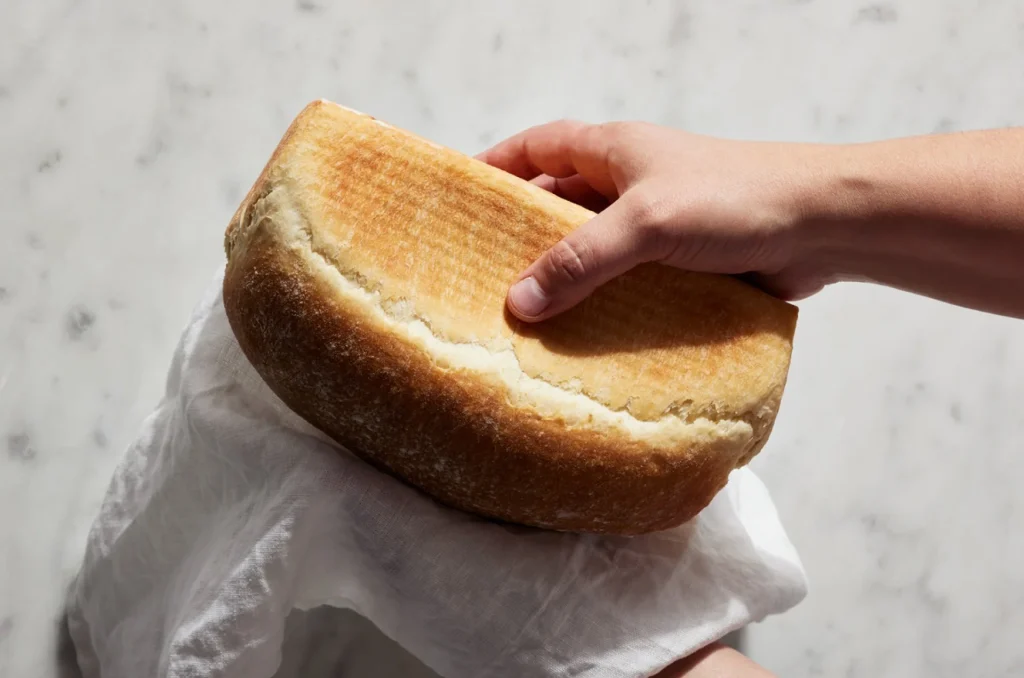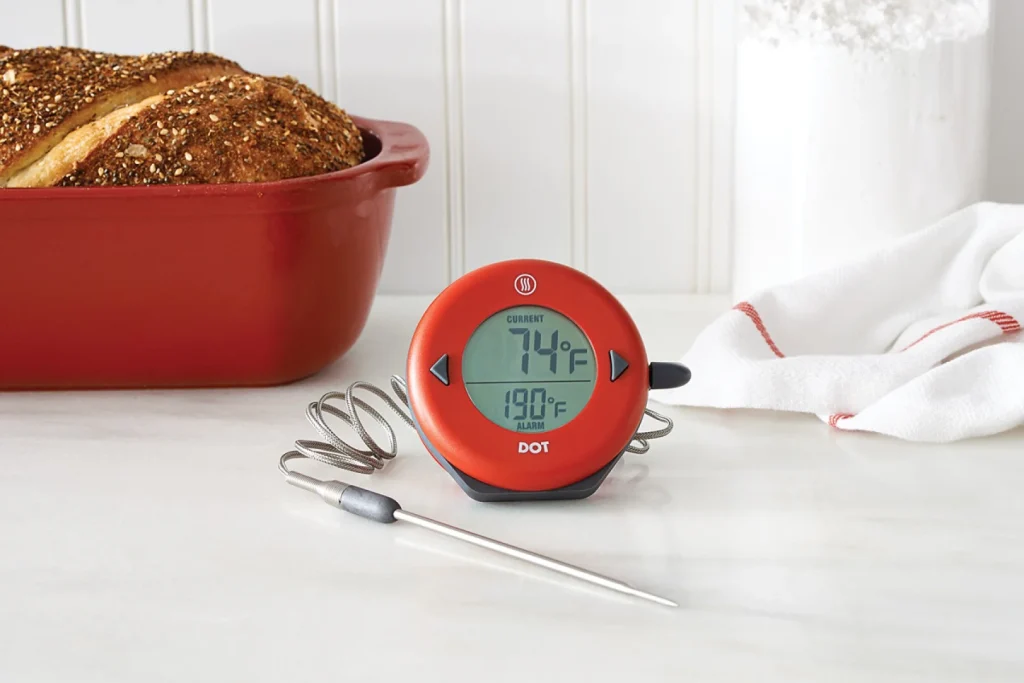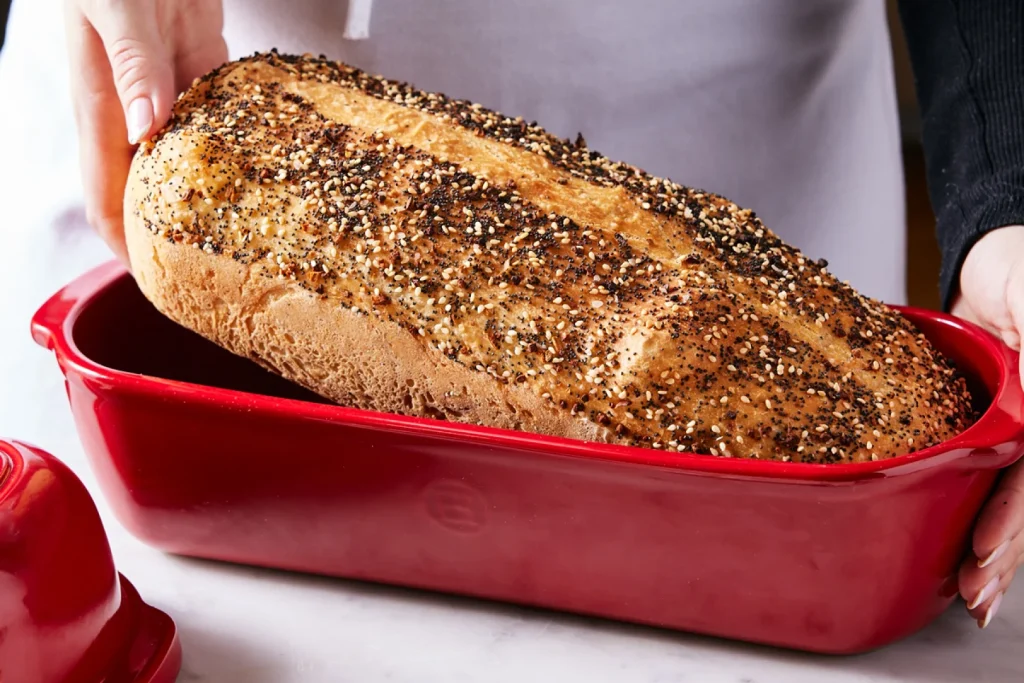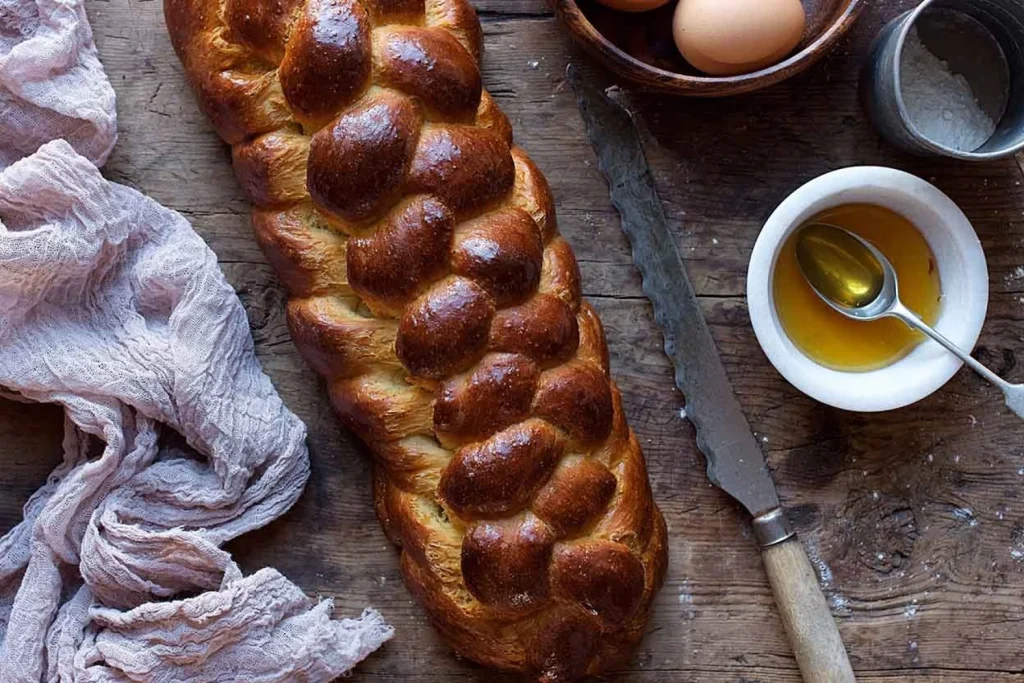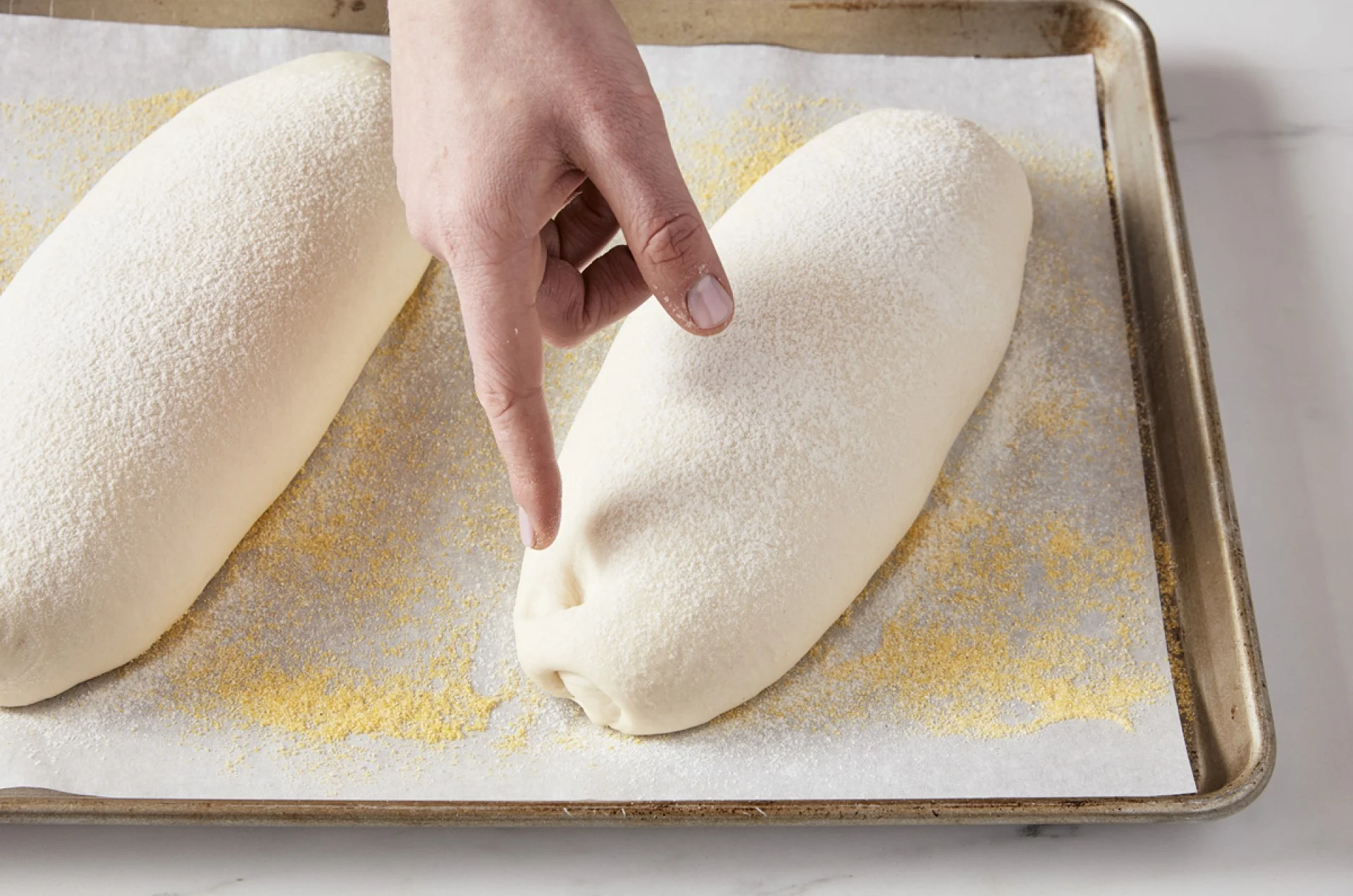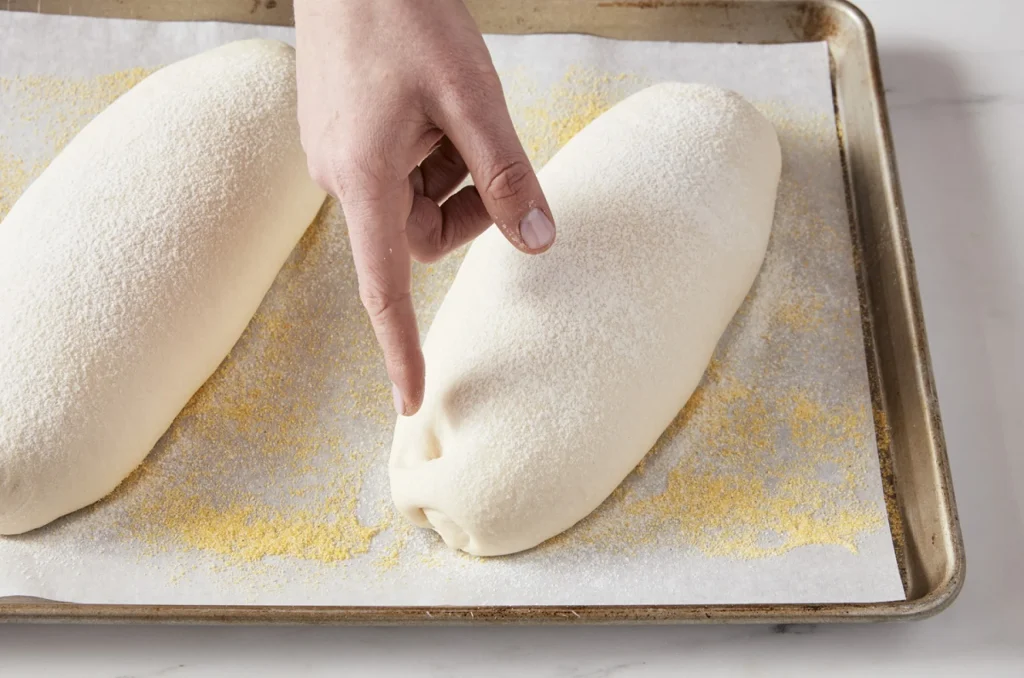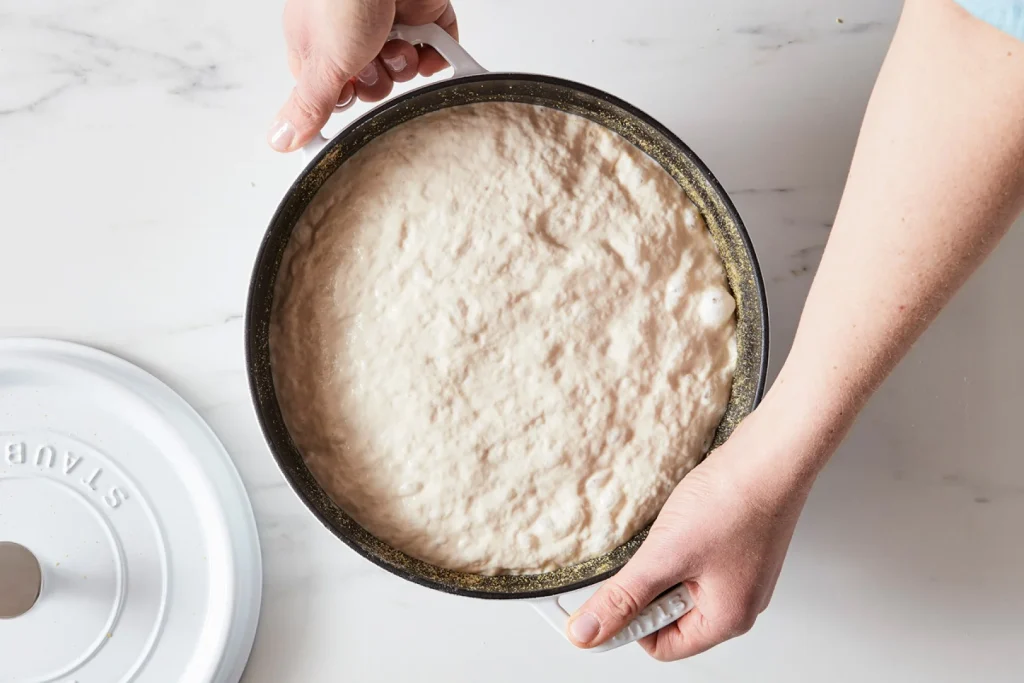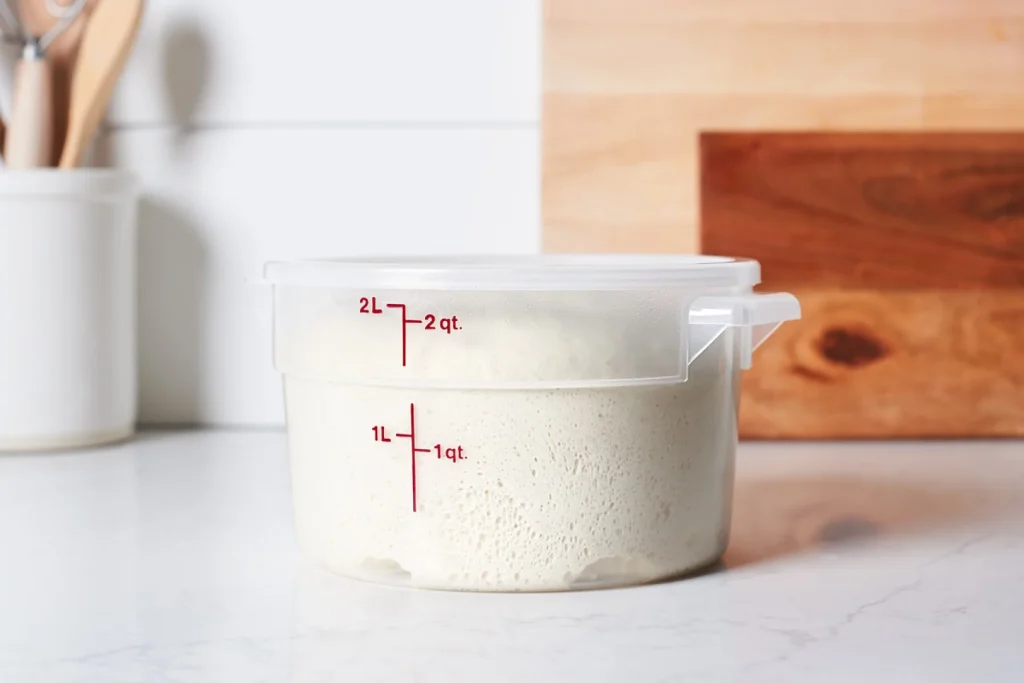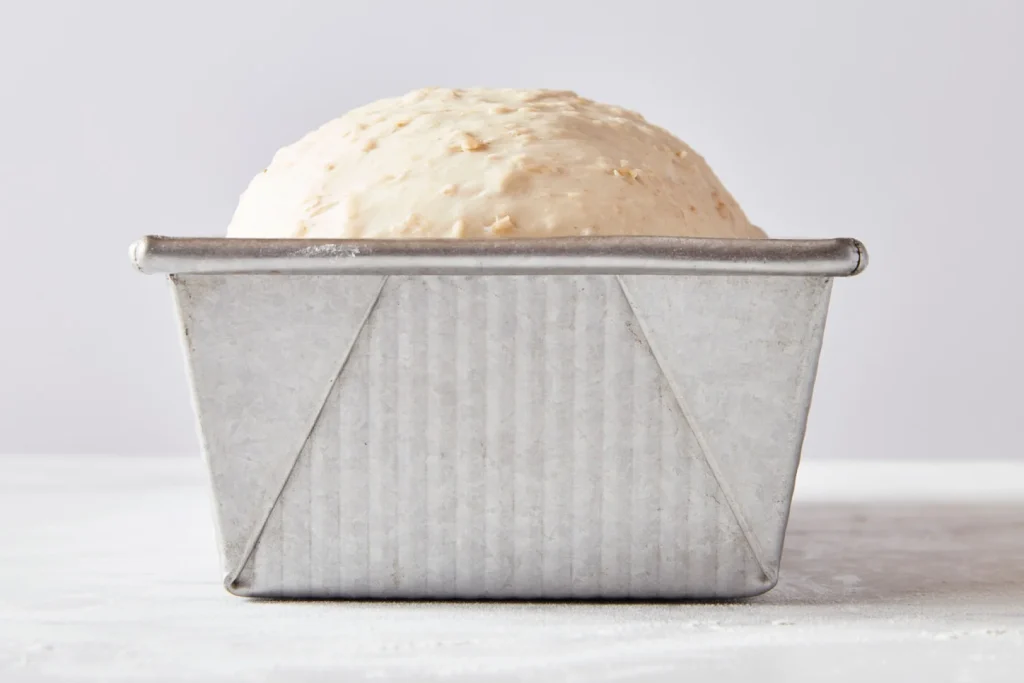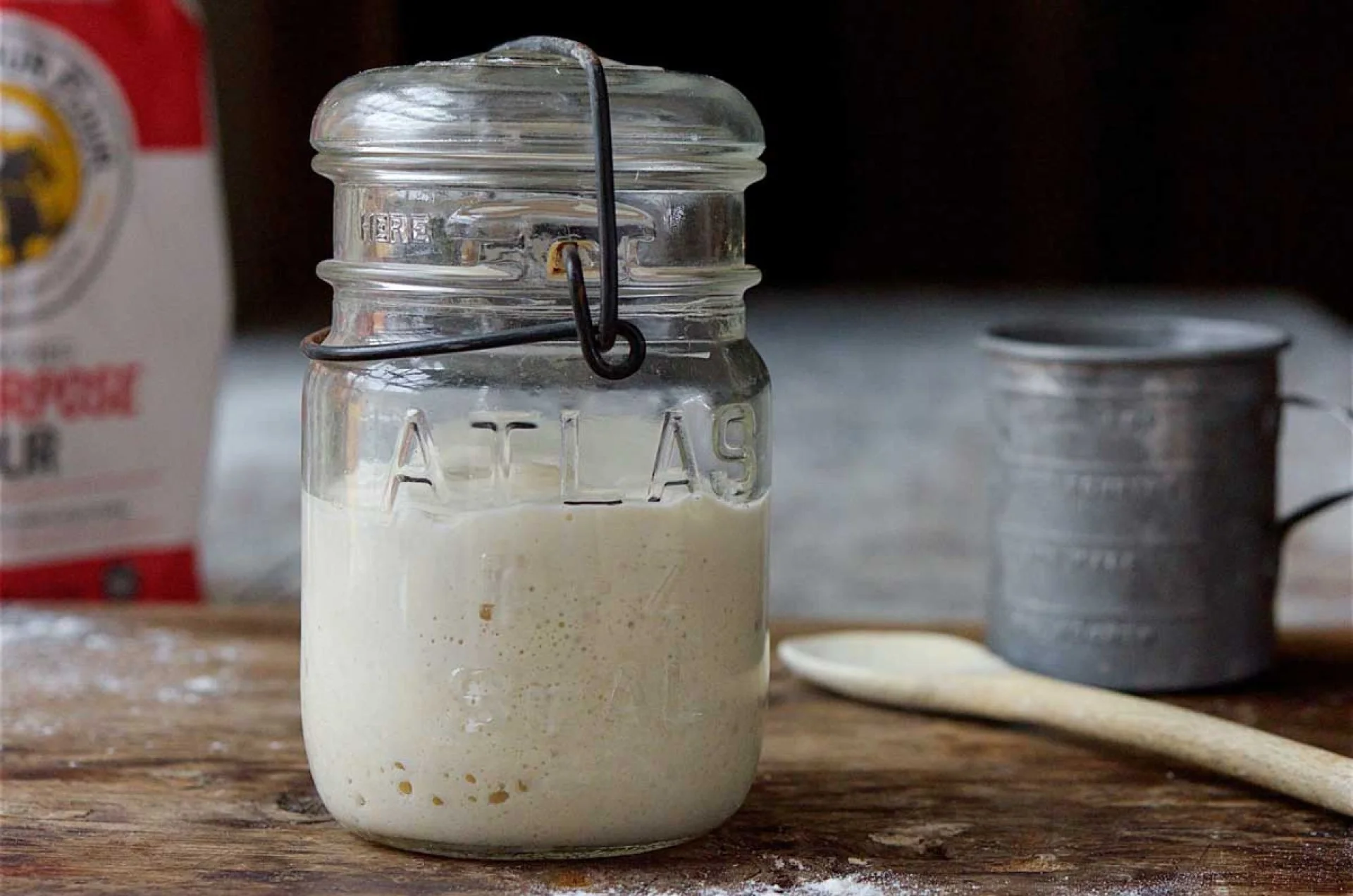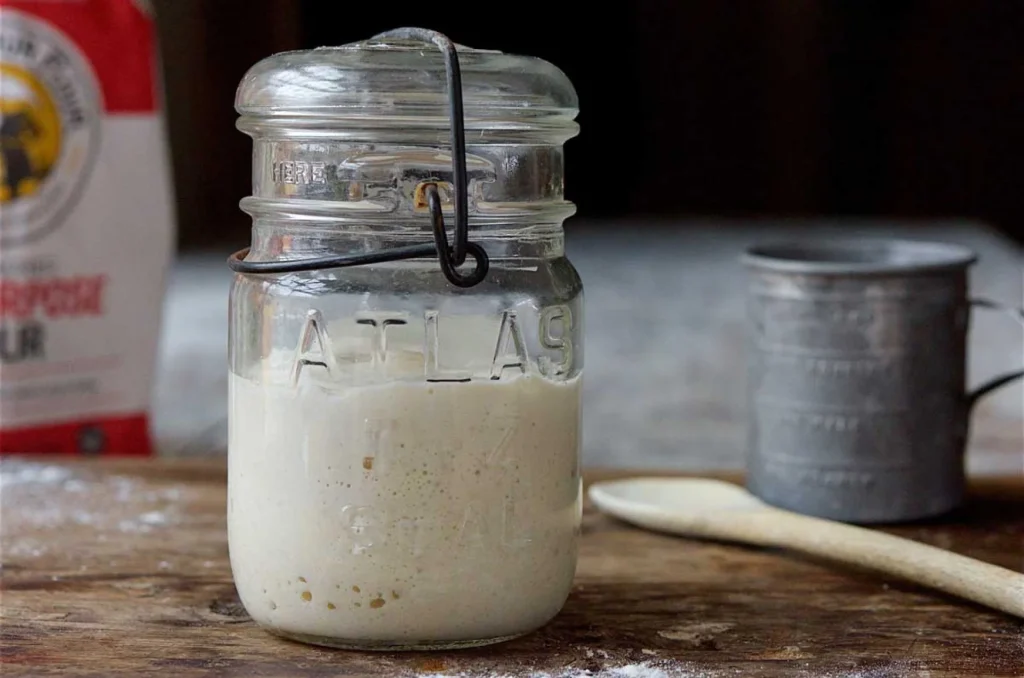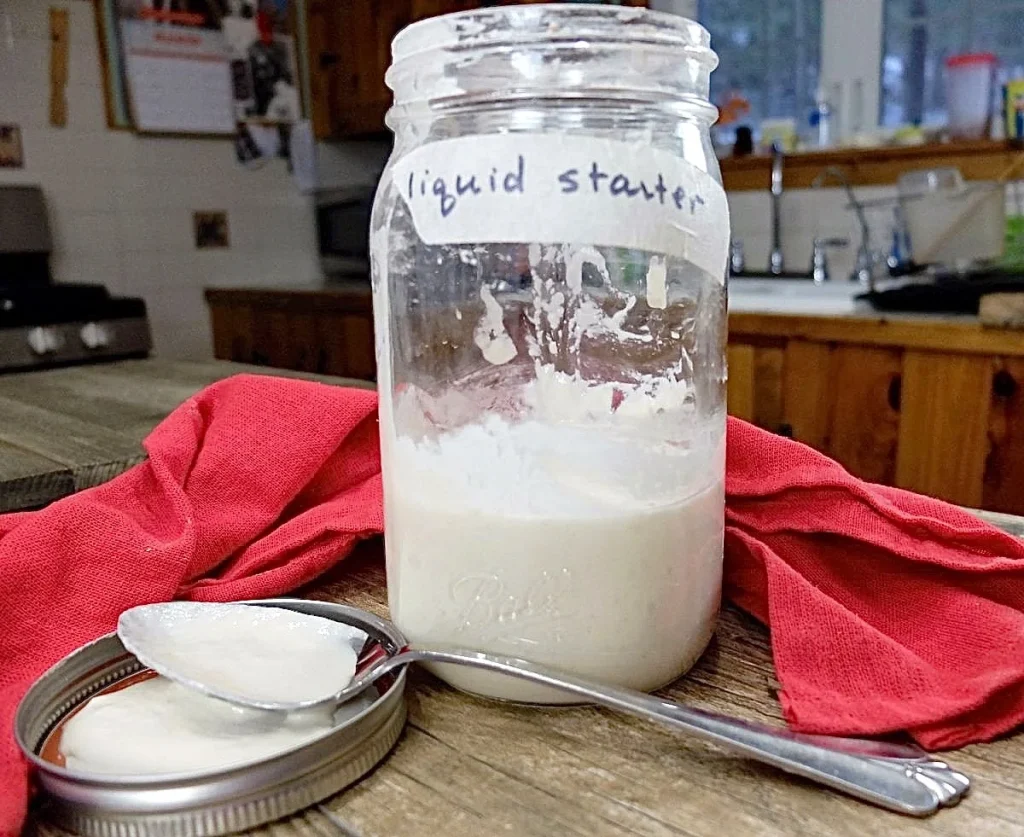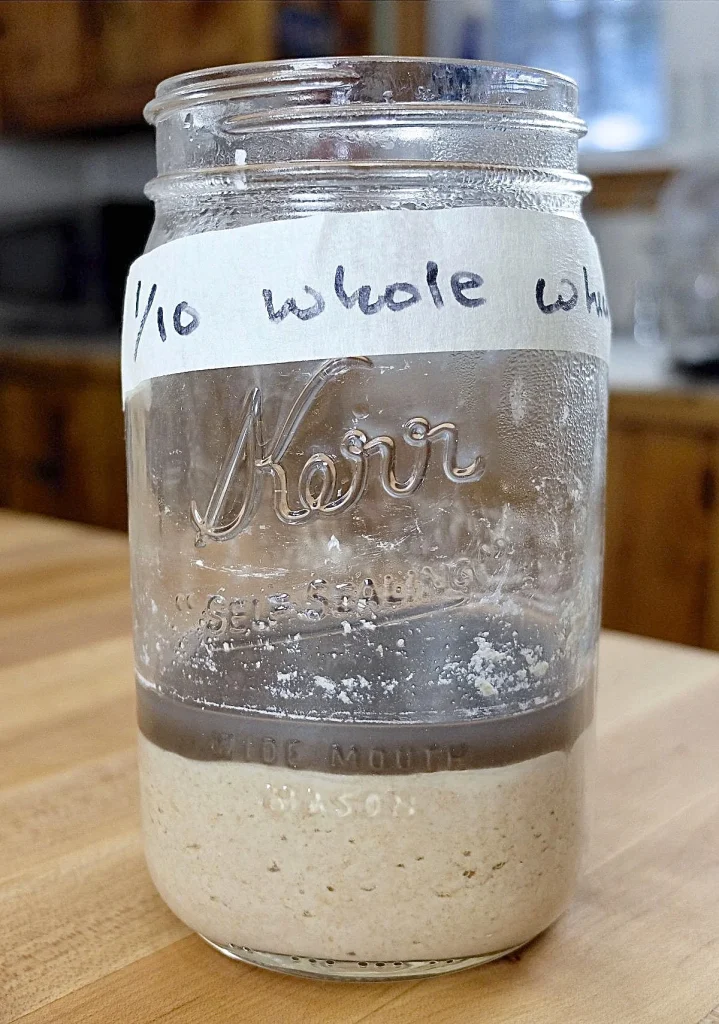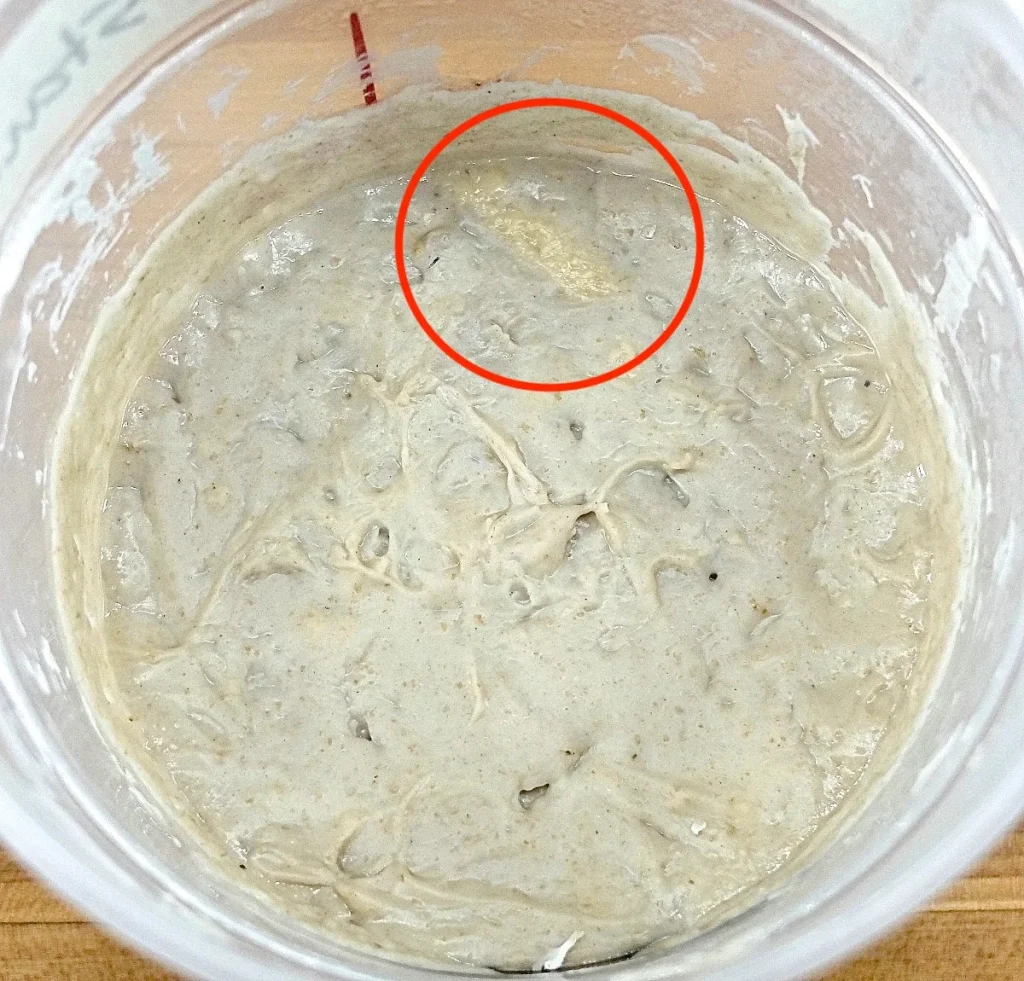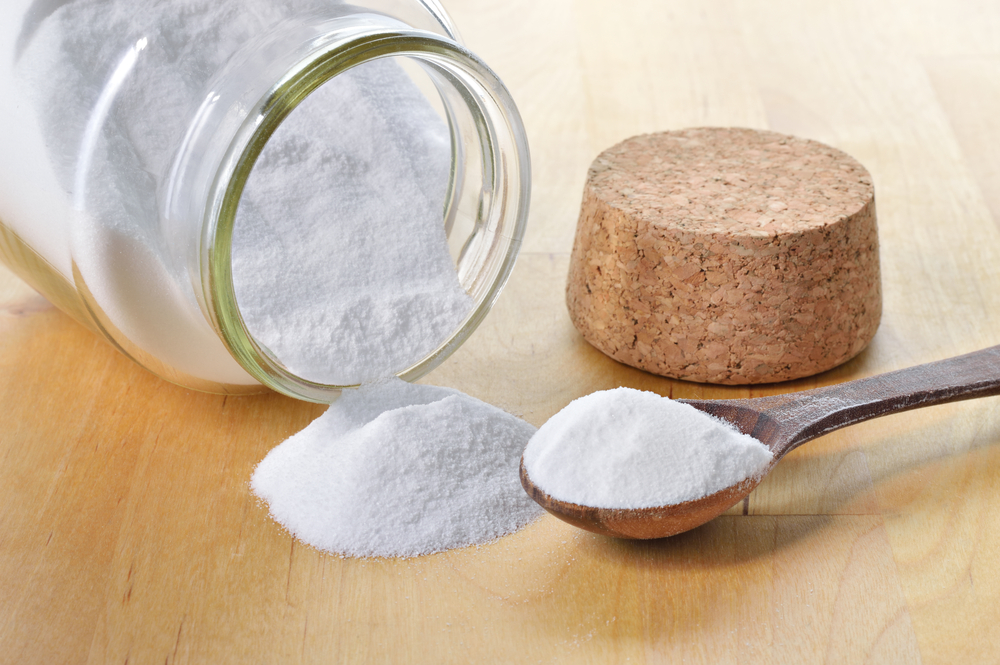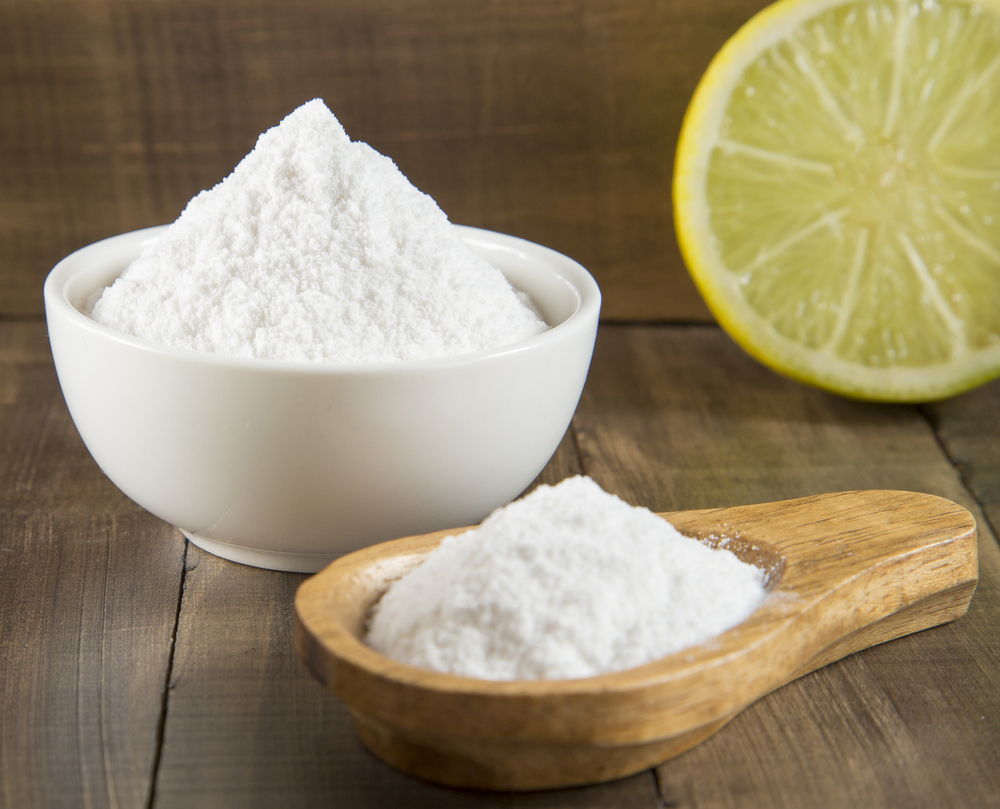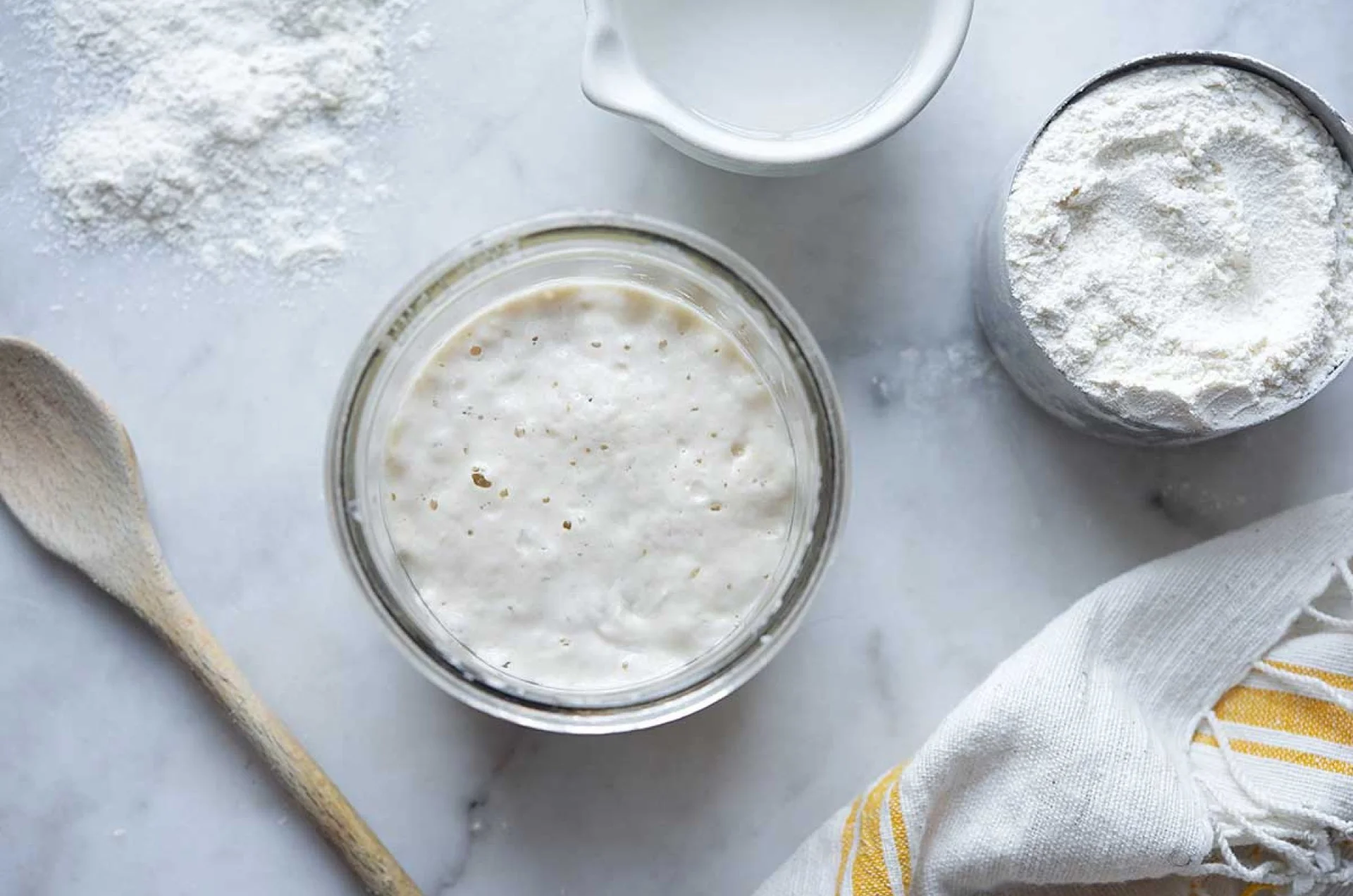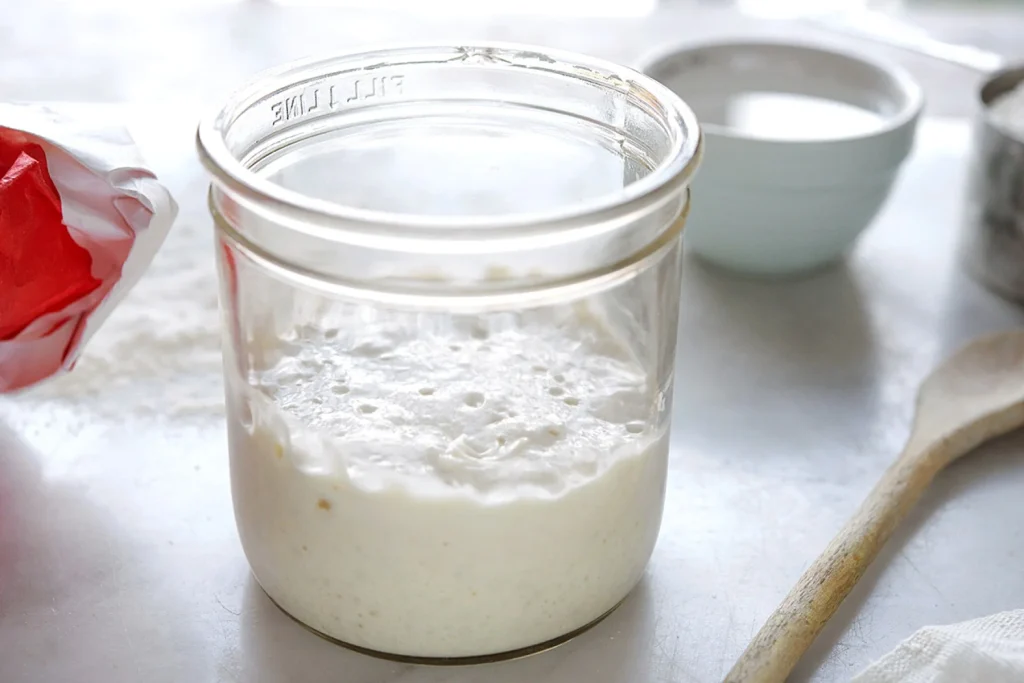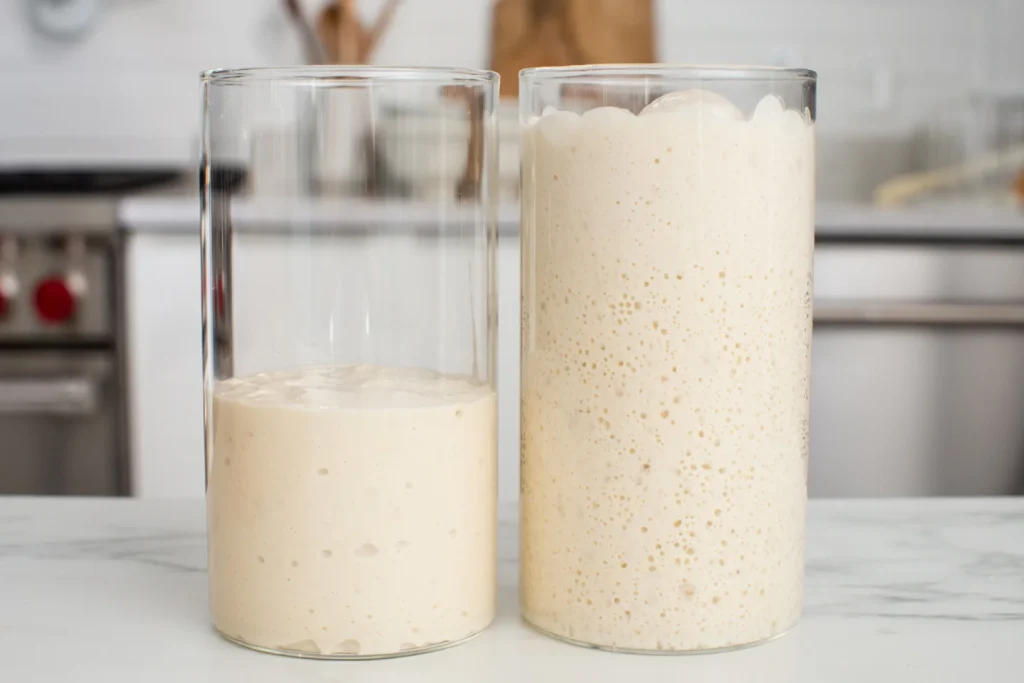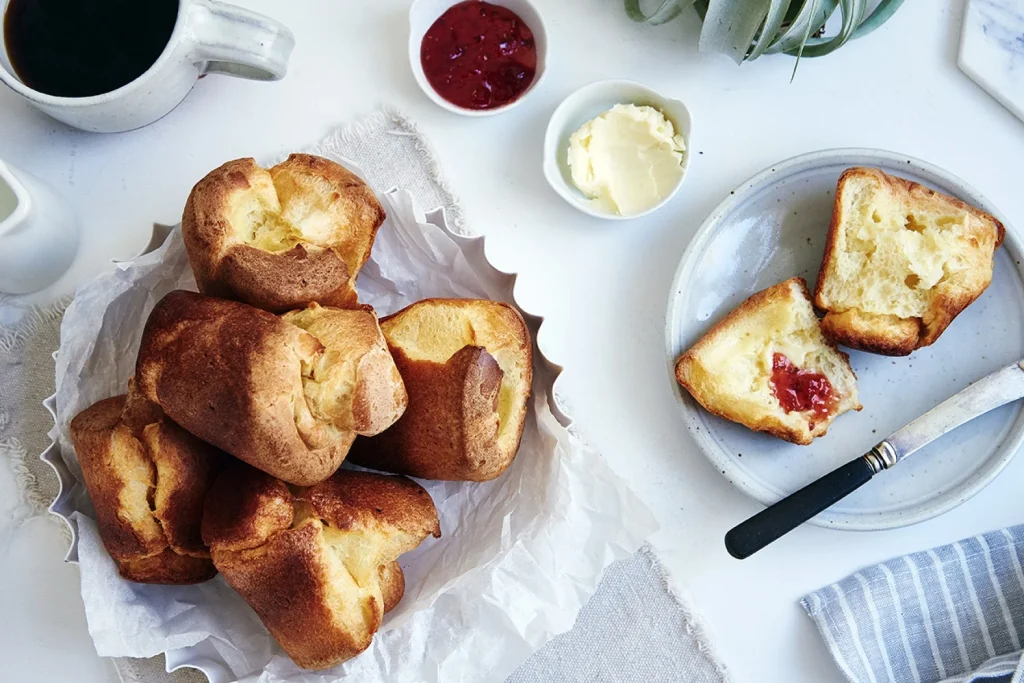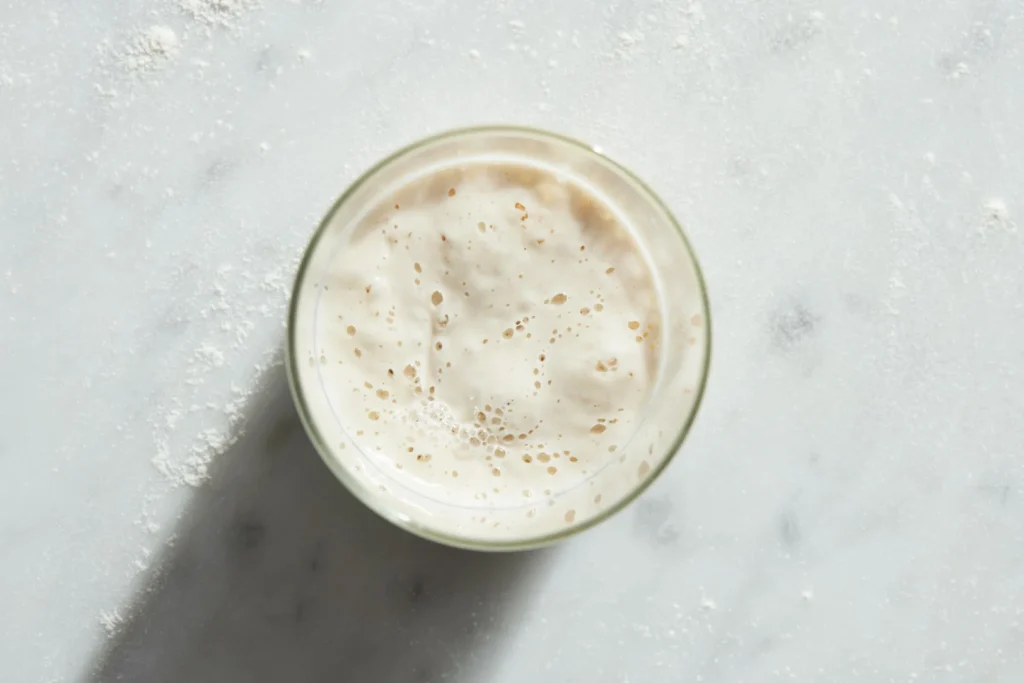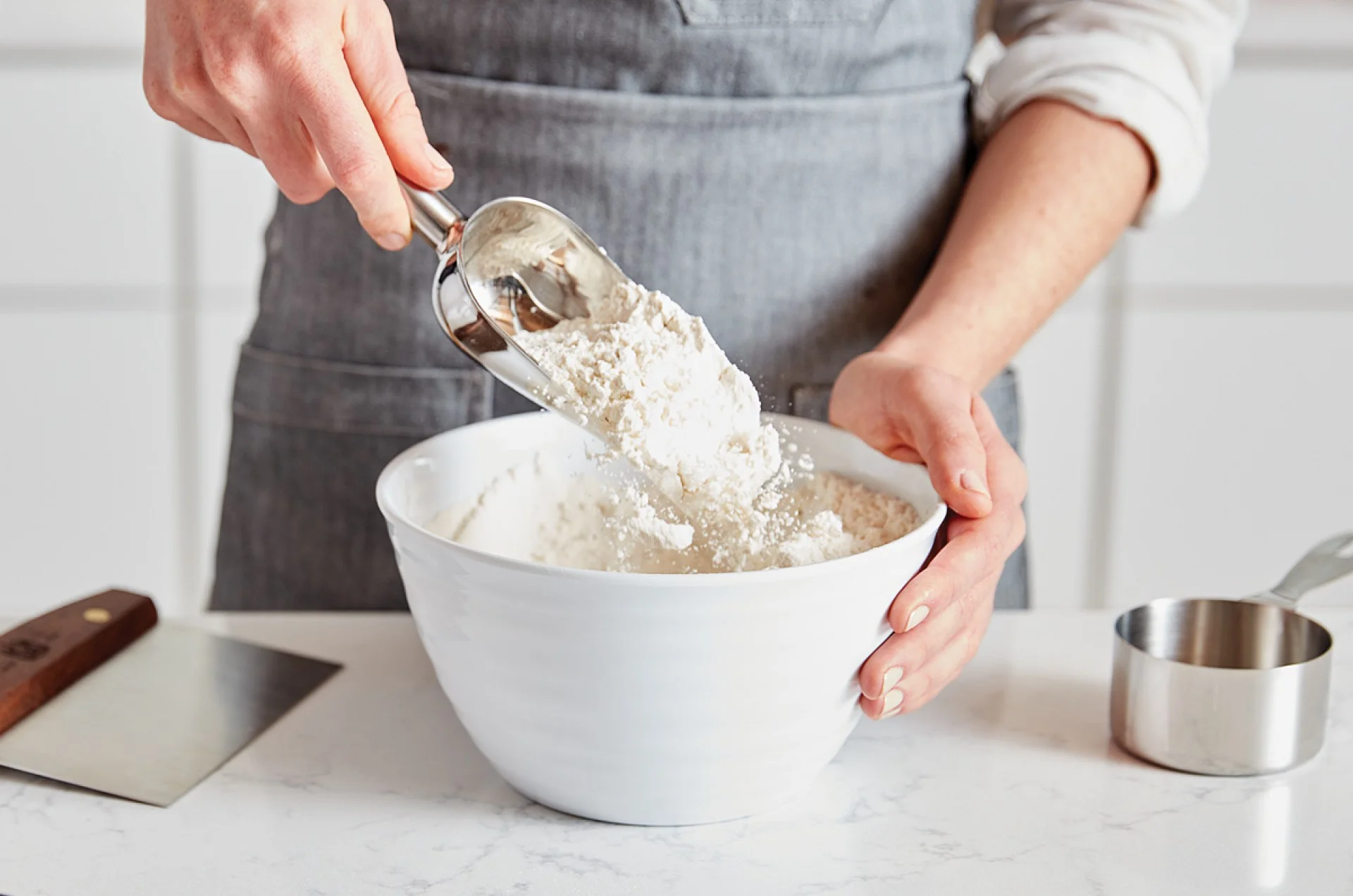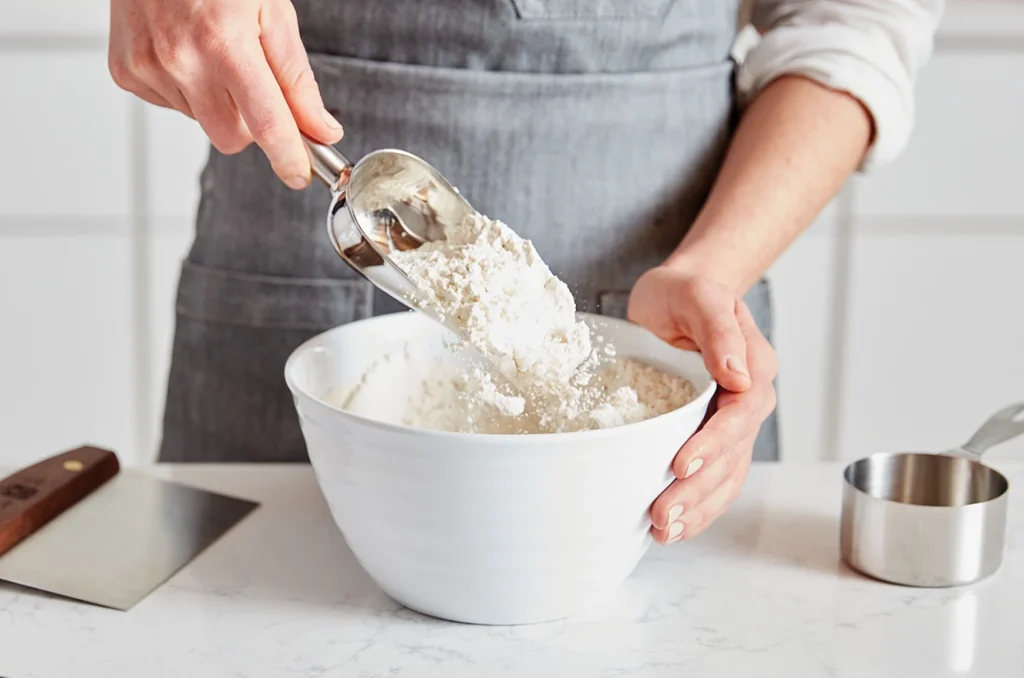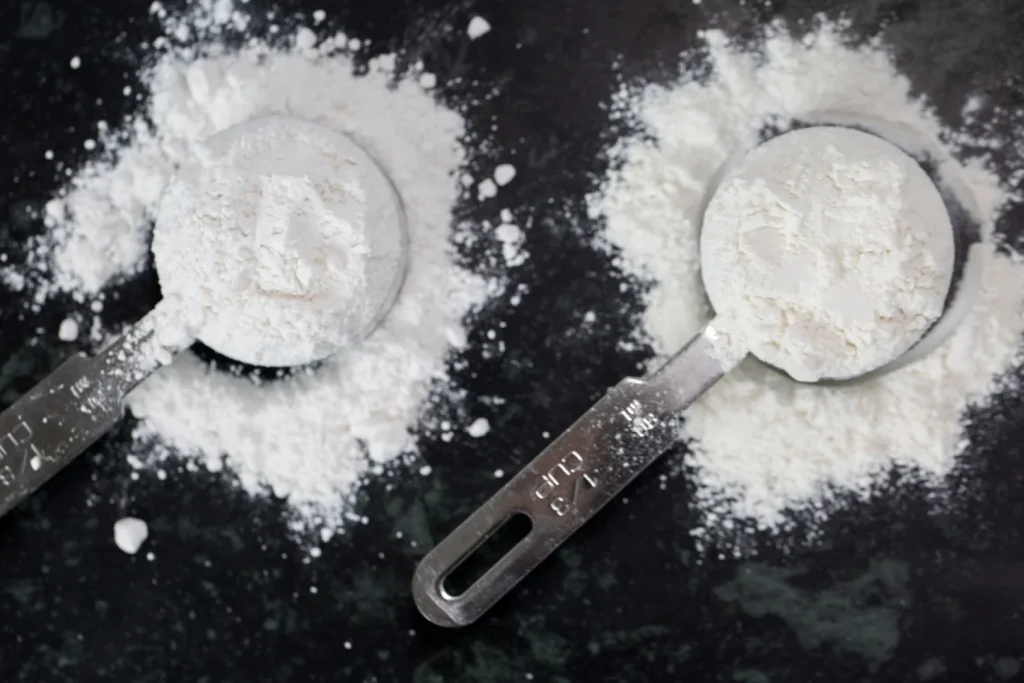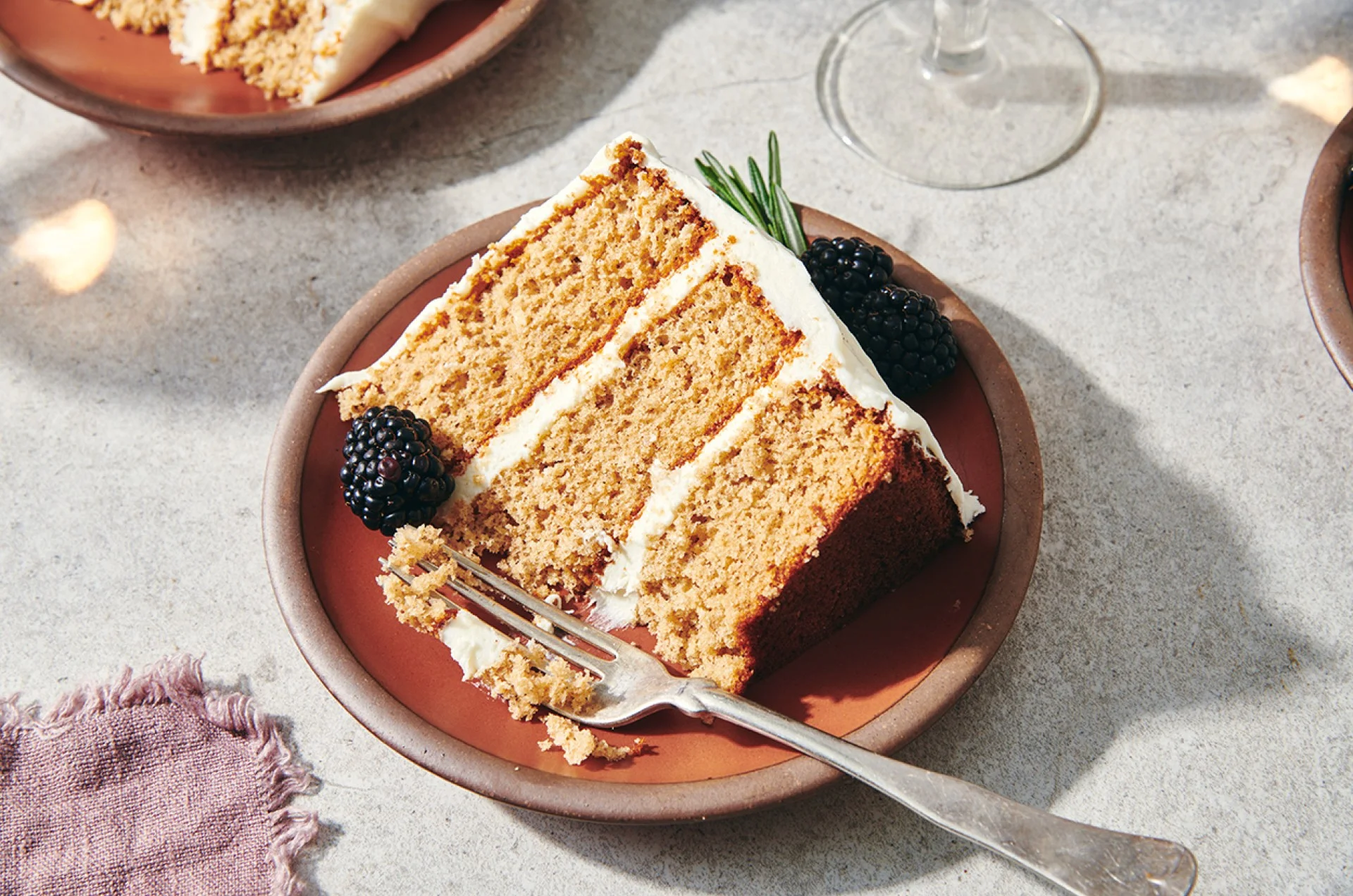
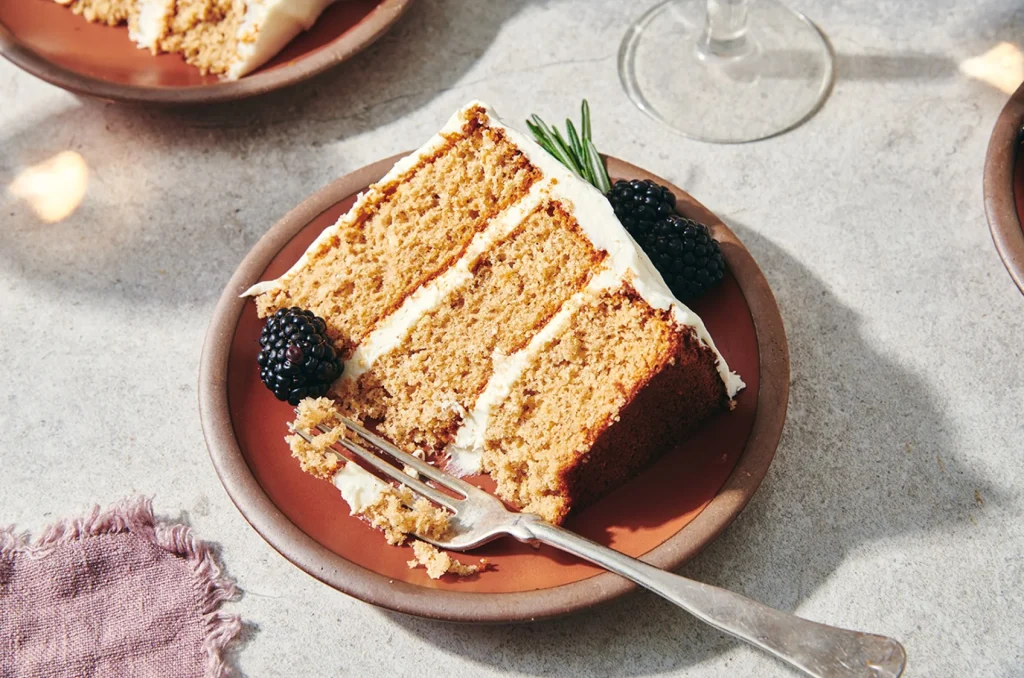
A breakdown of all the different cake mixing methods
By: RedmanShop | January 12, 2025
There are so many ways to mix up cake batter. Maybe you’ve always wondered why the many methods; maybe you never thought about it until now. But each technique is based on specific ingredients, and results in a different final product: from a light as air cake, to one that’s sturdy enough to hold up in wedding tiers.
Common ways you might see cake mixing methods written in a recipe:
- “Cream the butter and sugar together.”
- “Combine dry ingredients. Add butter and mix until it resembles sand.”
- “Put all of the ingredients in a bowl and stir together.”
Which way is “best”?
Cake mixing methods
We’ve recently baked cakes using six of the top mixing methods. Read on to see just how different cake results can be, depending on the steps in which the batter is blended.
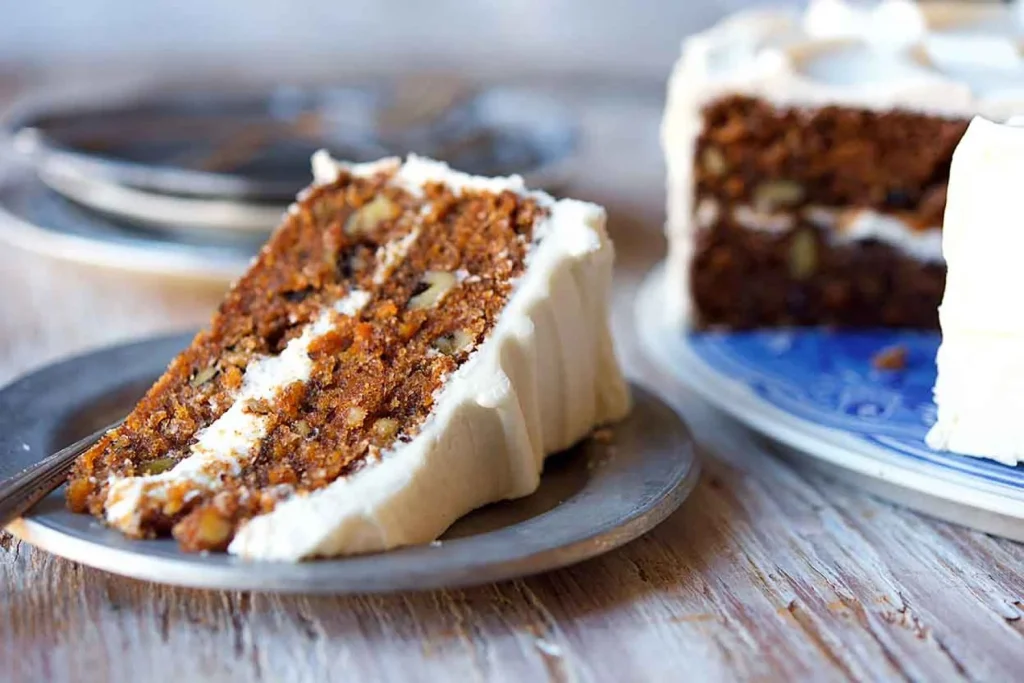
1) Blended
Cakes made with this method: Very moist; a great candidate for adding mix-ins.
Basically stir together and go, the blended method is the easiest of all cake-prep types. Blended cakes are typically made with oil rather than butter, since oil is much more easily incorporated with the rest of the ingredients. Blended cake batter tends to be more liquid than most; oftentimes the recipe will call to “pour” the batter into the pans, rather than scoop.
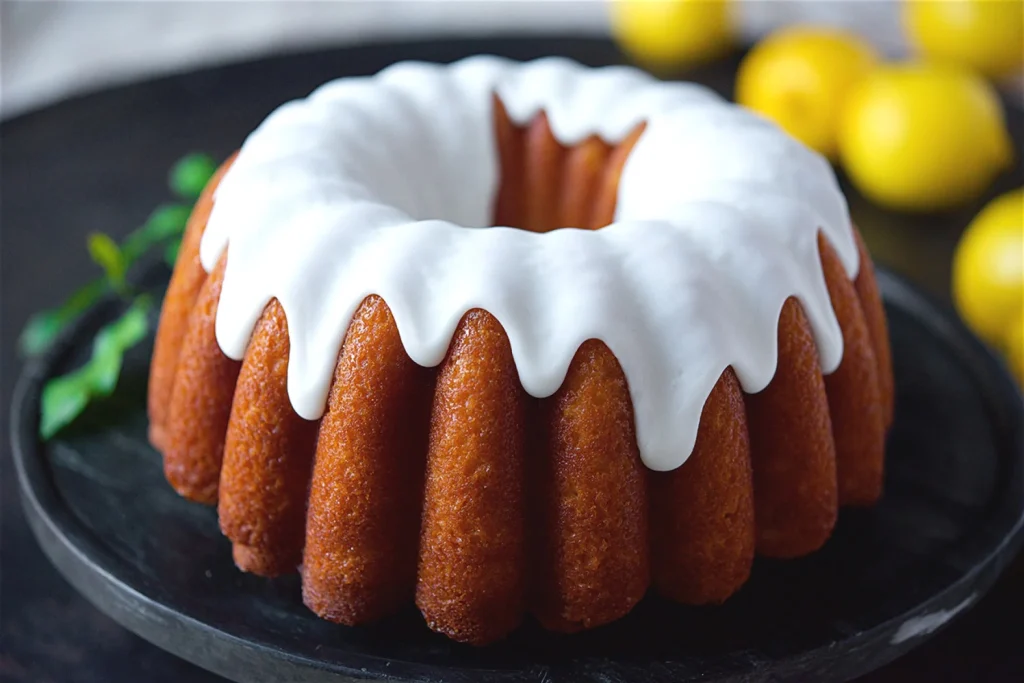
2) Creaming
Example: Lemon Bliss Cake Cakes made with this method: Sturdy, yet soft textured. Easy to slice and stack in layers; also ideal for Bundt pans. This cake mixing method is a classic, and the most common.
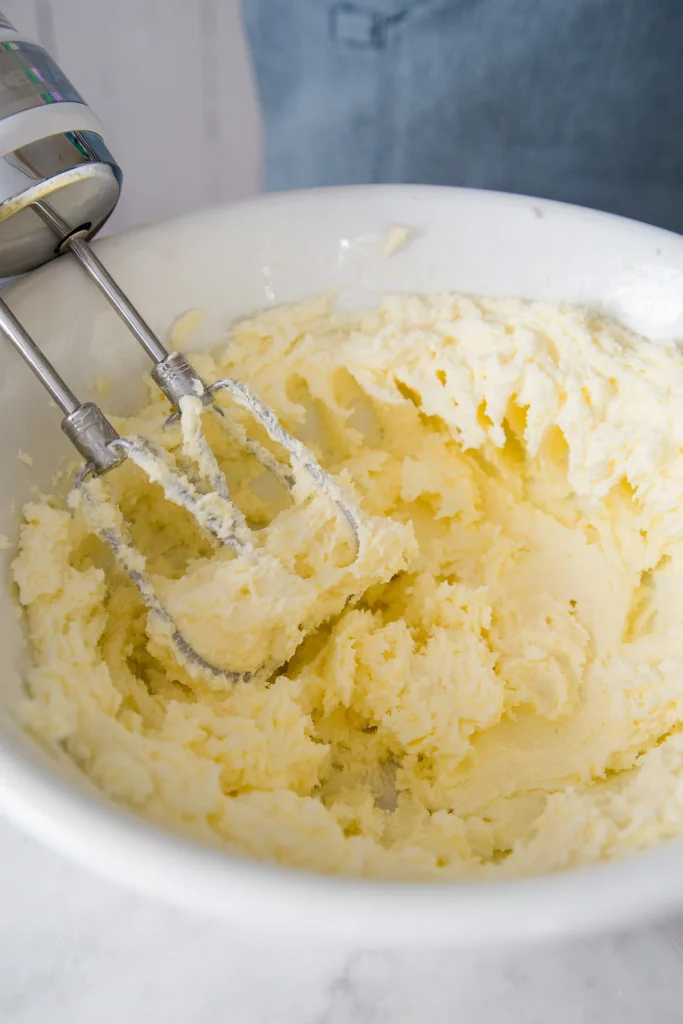
The creaming method starts with beating the butter and sugar together until they’re lightened in color and fluffy.
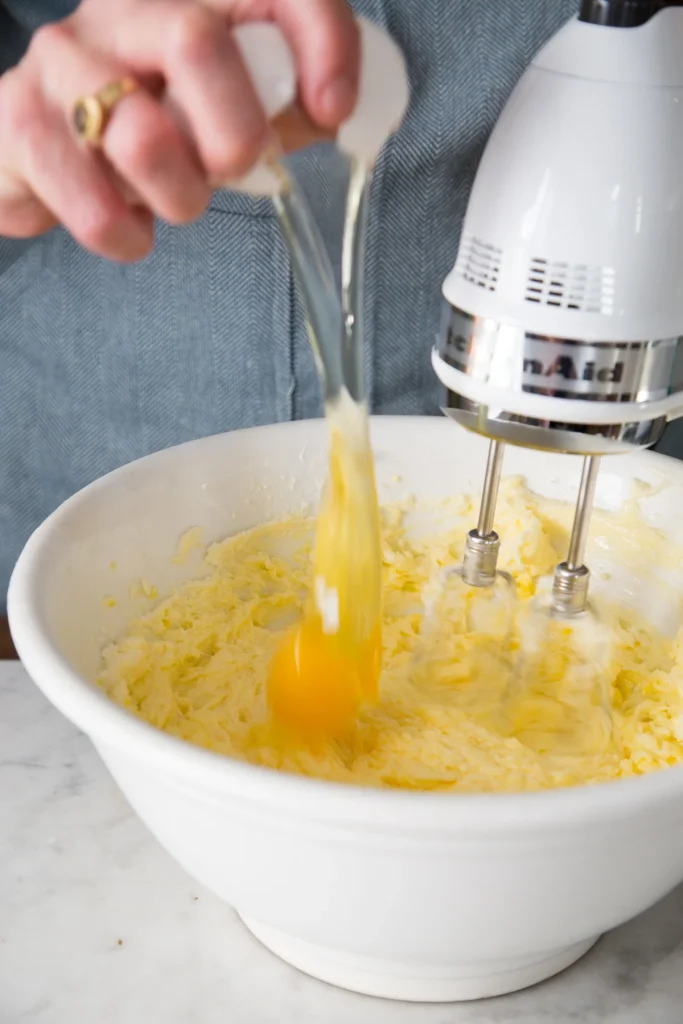
Eggs are beaten in one at a time.
The creaming method then adds the dry and liquid ingredients alternately to the butter mixture.
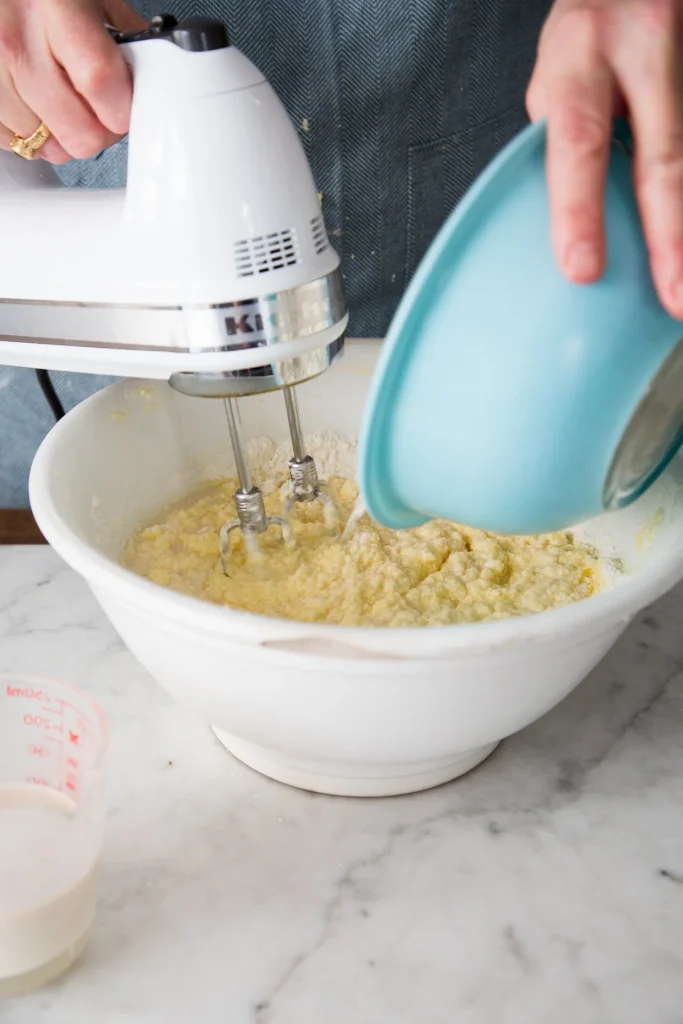
The usual method is a third of the flour, half the milk, a third of the flour, the remaining milk, and finally the remaining flour; it’s helpful to scrape the bowl midway through this process.
Adding flour and liquids alternately ensures all the liquid (usually milk) will be thoroughly absorbed into the batter. If there’s a high amount of butter or other fat in the batter, it’s hard to get the liquid totally mixed in; the alternating technique helps reduce the percentage of fat overall (by adding some flour first). It also facilitates the formation of gluten, which binds the batter together.
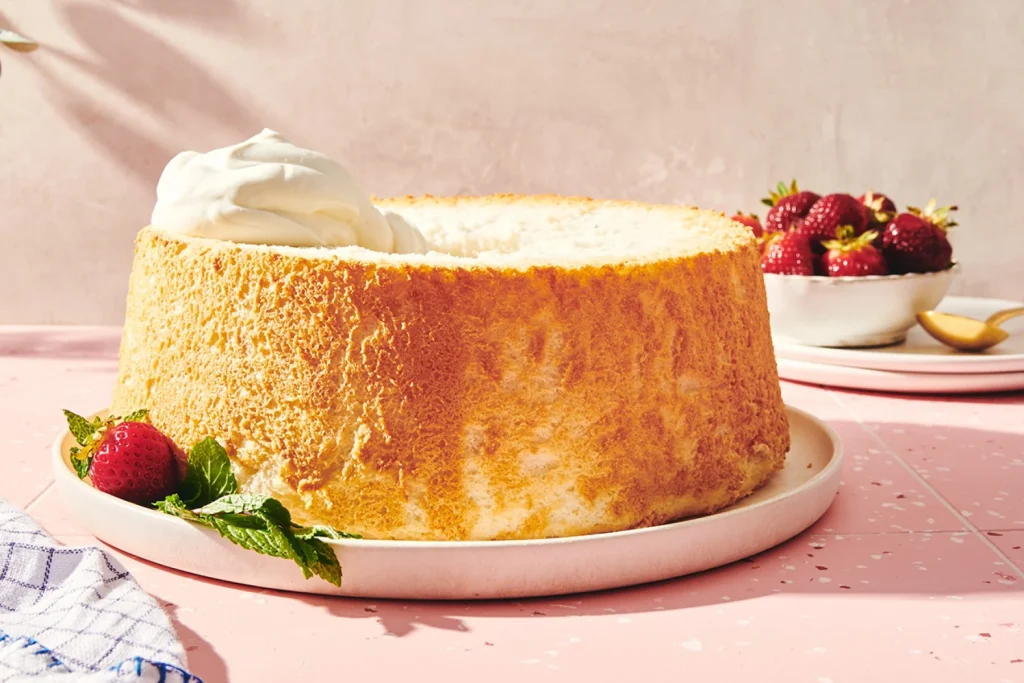
3) Foam
Example: Angel Food Cake
Cakes made with this method: Extremely light and airy. This high-rising, somewhat “resilient” cake slices best with a serrated knife or pronged angel food cutter. The leanest cake in the bunch, foam cakes contain little to no fat: i.e. no butter or shortening, and no egg yolks.
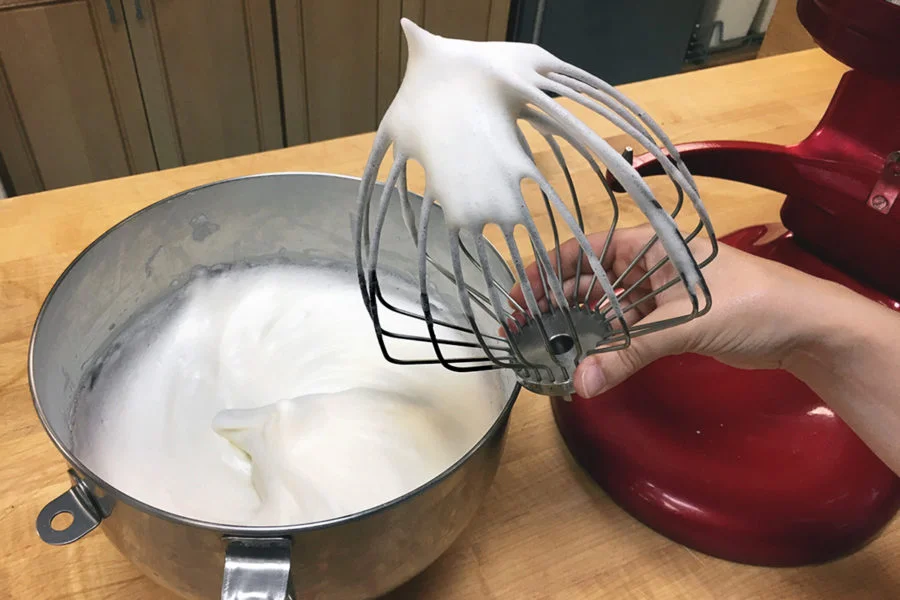
Like some sponge cakes, foam cakes contain no leavening, depending on air whipped into the egg whites for structure. The whites are whipped into stiff peaks, usually with cream of tartar added to help with stability and volume.
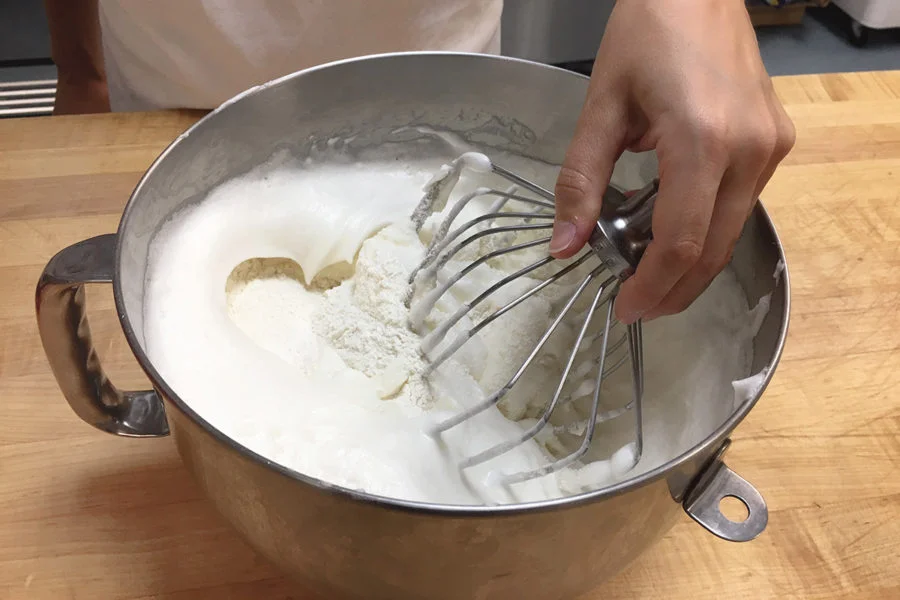
Flour is carefully folded in, leaving as much air in the batter as possible. Most choose to fold in the flour with a spatula, but we’ve found that using the whisk attachment (the one that just moments before whipped up those whites) incorporates it easily and gently.
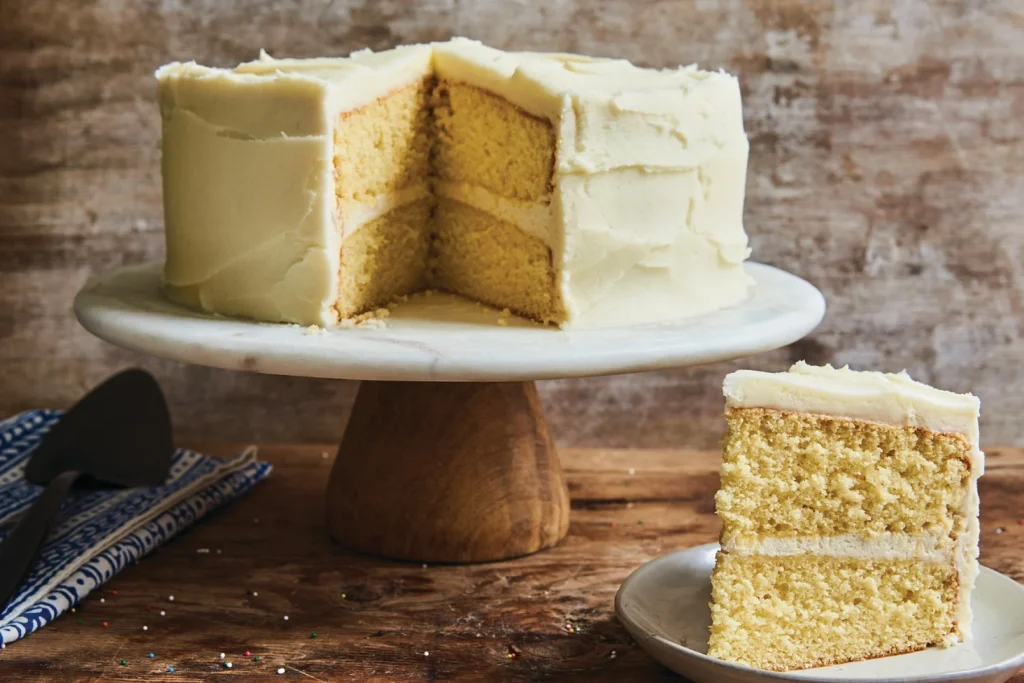
4) Paste (also called reverse creamed)
Example: Golden Vanilla Cake
Cakes made with this method: Tighter textured, though still moist. A great candidate for tiers. The most sturdy of the cakes; slices with minimal crumbs. This moist and tender (yet sturdy) cake is an American favorite. Its slightly denser crumb makes it perfect for frosting as a layer cake. Making a cake using the paste method (also sometimes called “reverse creaming”) sounds complicated, but it’s actually one of the most simple techniques of the bunch.
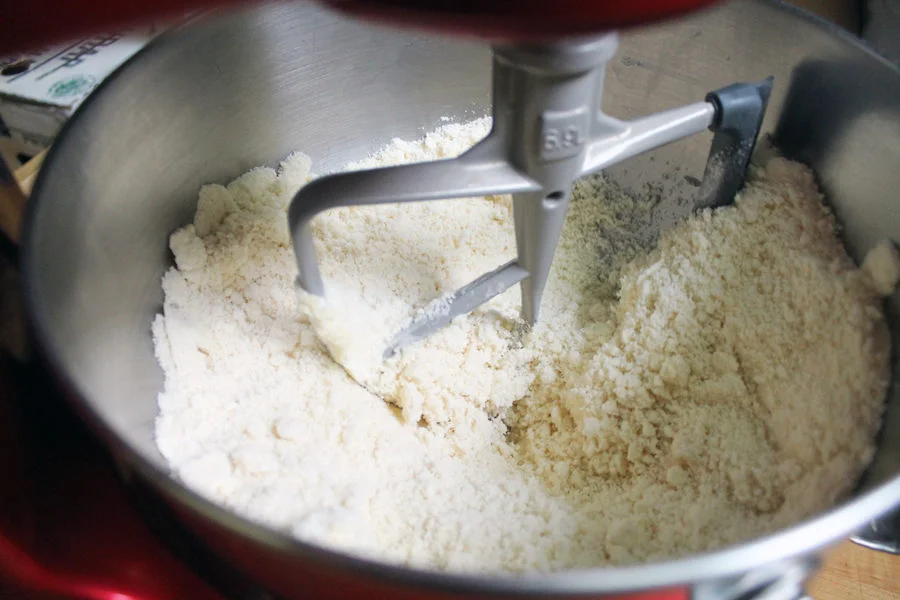
Soft butter and room-temperature liquids are beaten into the dry ingredients until the texture is “sandy.” The butter-coated flour slows the formation of gluten (which starts once flour comes in contact with liquid), and results in a slightly more sturdy cake that still offers soft texture.
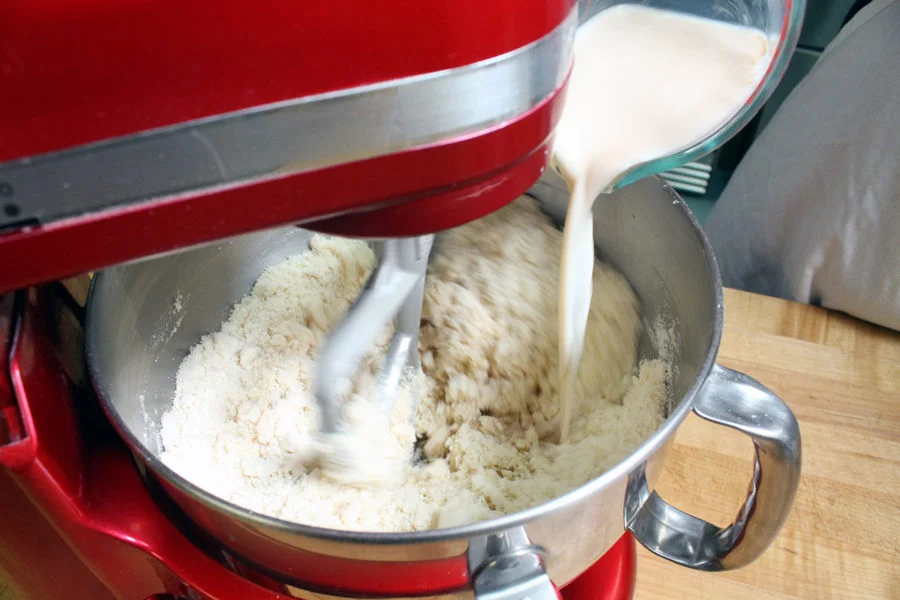
Once the batter reaches that crumbly, sand-like consistency, milk and any flavors are added. Then eggs are mixed in one by one. The batter, though pourable, is often thicker than other cake batters.
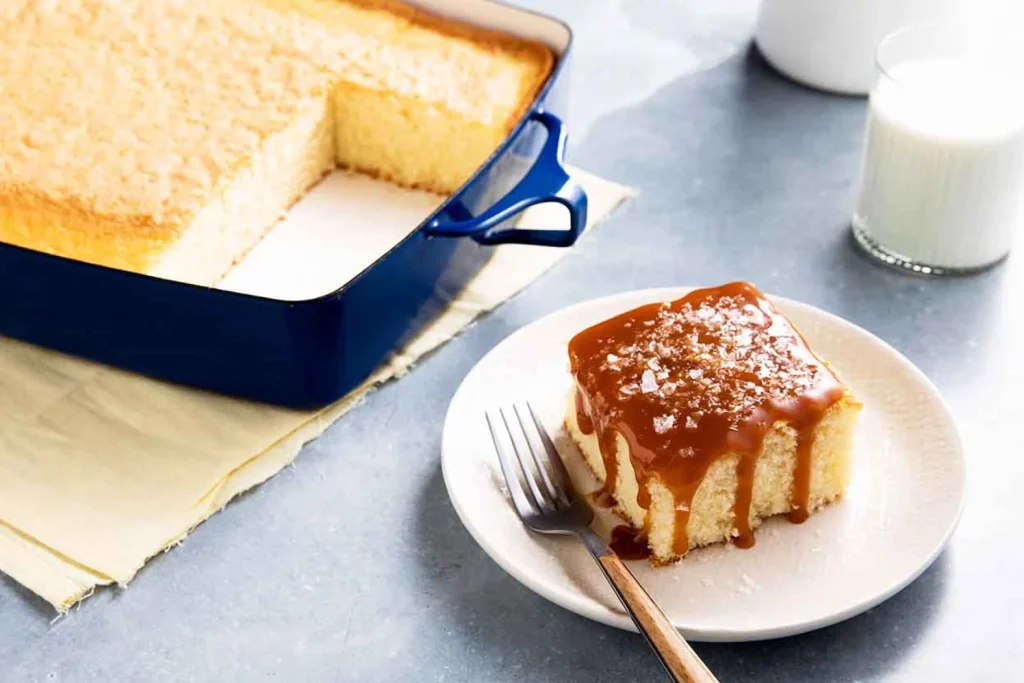
5) Sponge
Example: Chef Zeb’s Hot Milk Cake
Cakes made with this method: Light and airy, with soft texture. Tend to compress slightly when stacked over two layers high. Mildly sweet, sponge cakes are high-rising and light as air, with the perfect degree of moistness.
Sponge cakes can be made different ways. One way is beating egg yolks and sugar (or whole eggs and sugar) until a very thick foam-like batter is created. The batter is pale yellow in color, and falls off the beater in ribbons. Flour is then gently folded in. Another way is to whip the egg whites separately from the yolks until soft peaks form. The yolk/sugar mixture is beaten until light, flour is mixed in, and then egg whites are gently folded into that mixture. Either way the eggs are prepared, they provide leavening and loft for the sponge cake. This method dates back to before the widespread use of baking soda or powder, when trapped air was a cake’s only leavening.
The batter for sponge cake is very light, airy, and almost soup-like in consistency. Though it may be alarming, this is totally normal. It will bake up into the moist, delicious cake that we know as sponge.
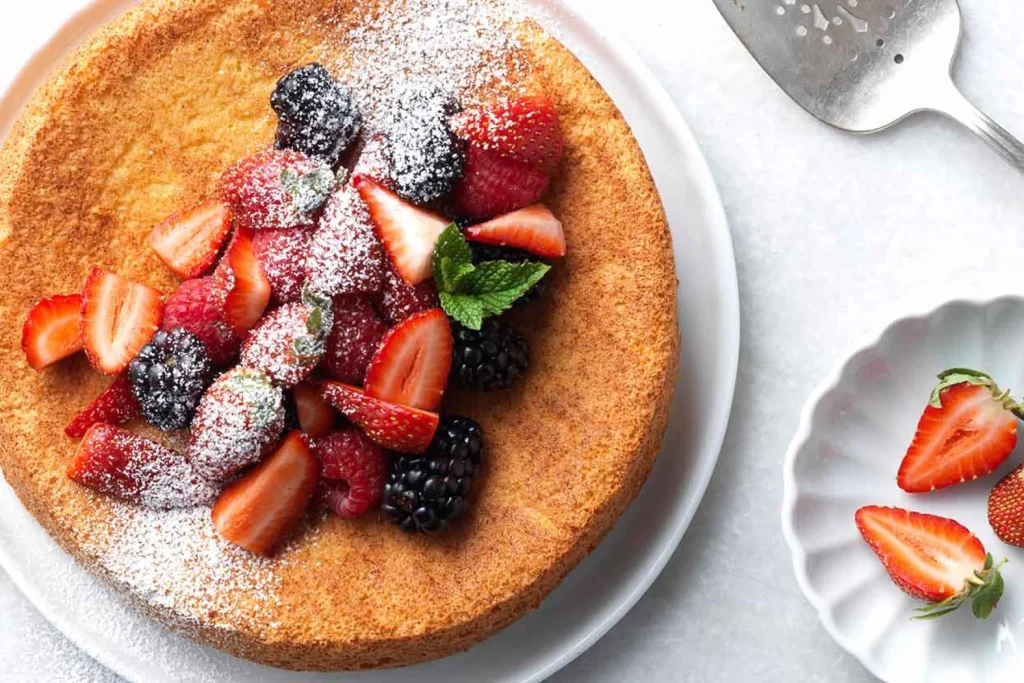
6) Gluten-free
Example: Strawberry Almond Flour Cake
Gluten-free cakes can be made any number of ways and with great success, much like their wheat-y counterparts. As with all recipes, be sure to read the directions carefully before starting. All puns intended, these methods really take the cake. Each one will create a totally different finished baked good – all equally delicious. Tell us, which of these cake-mixing methods do you usually use?
Want to take a deeper dive into cake baking? See our complete guide to cake and cupcakes.
